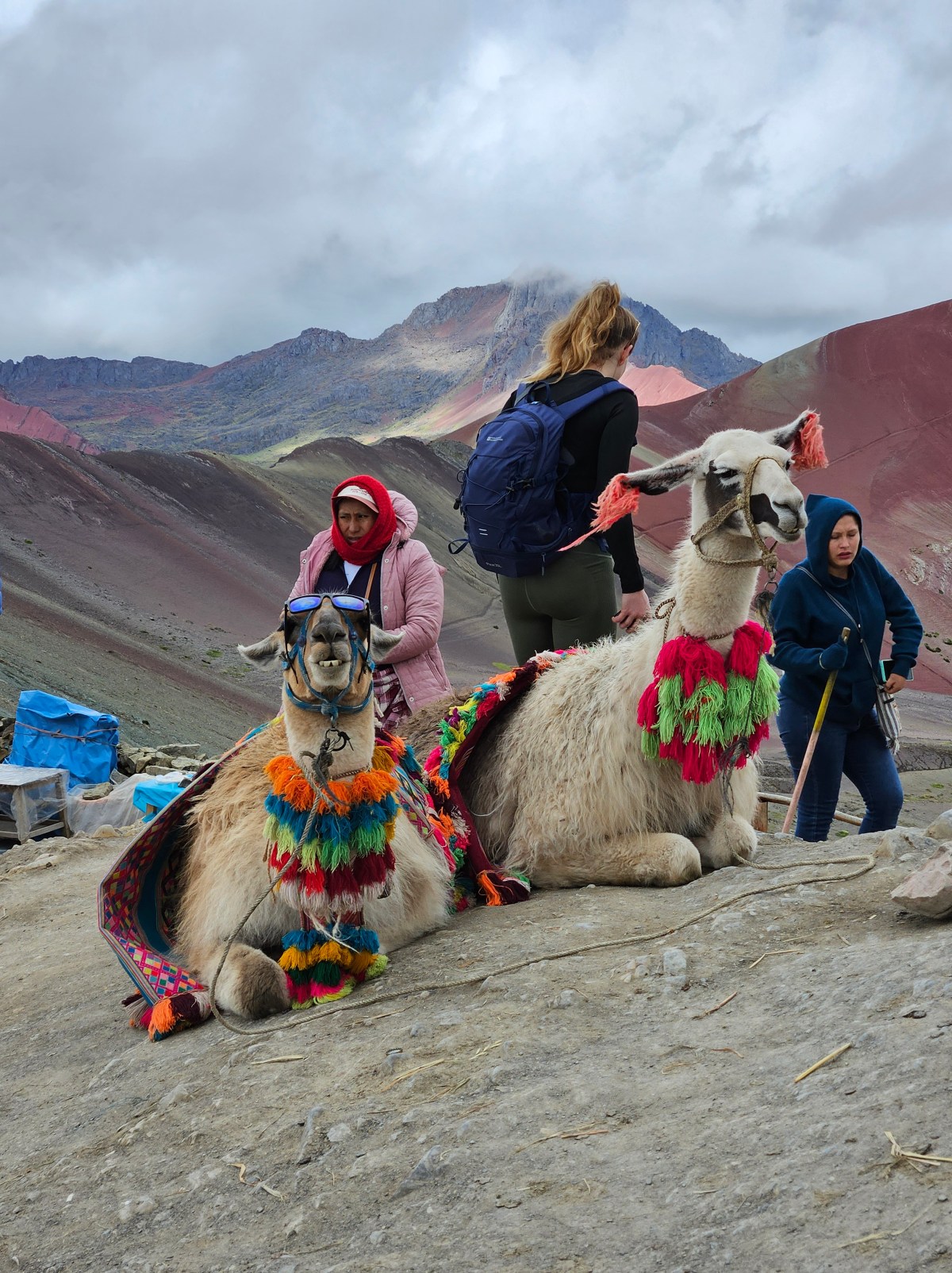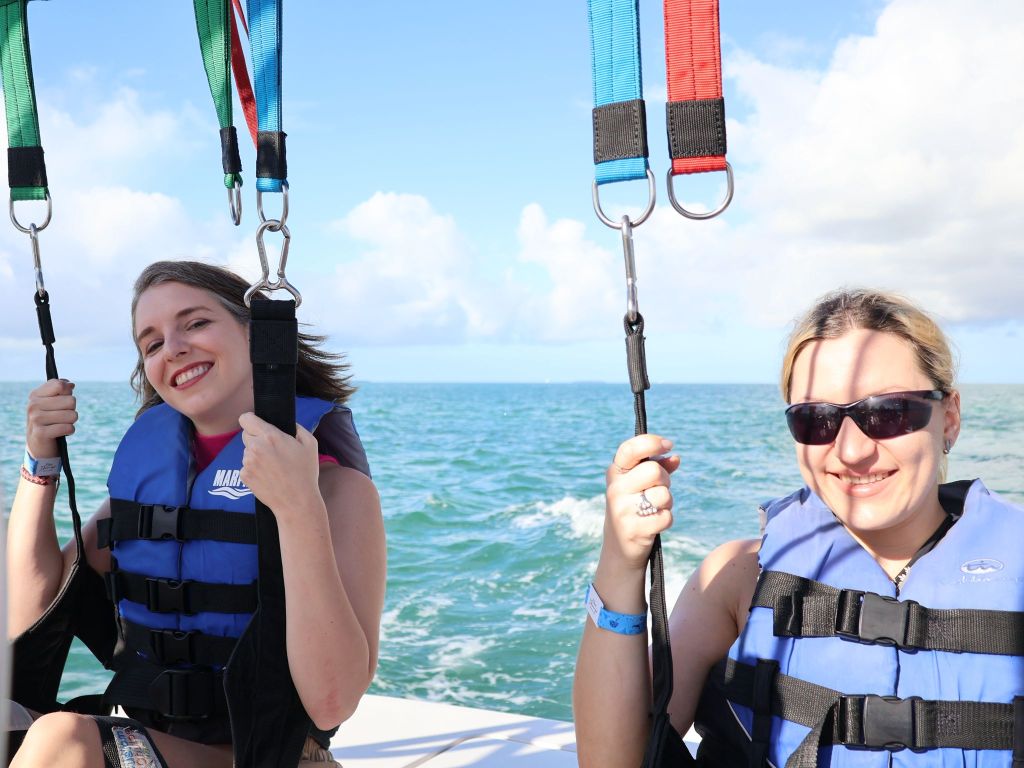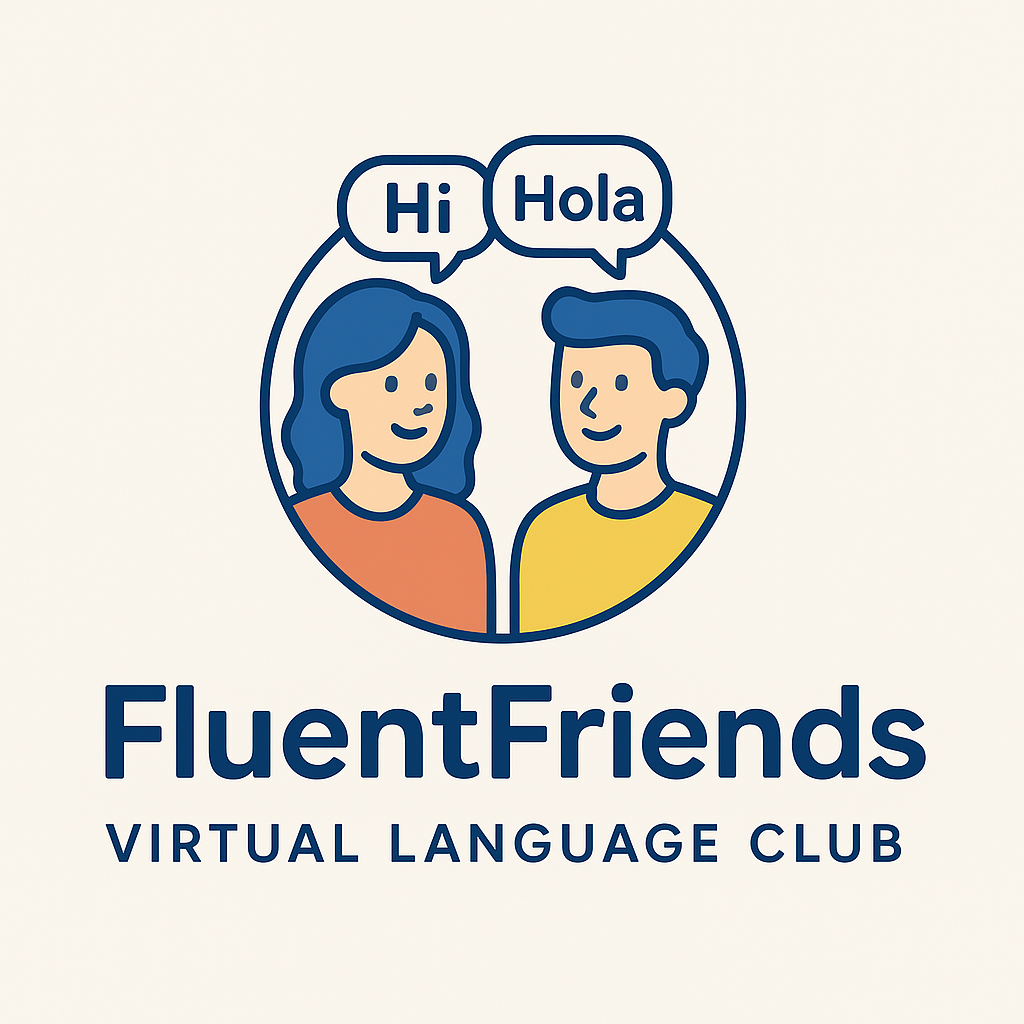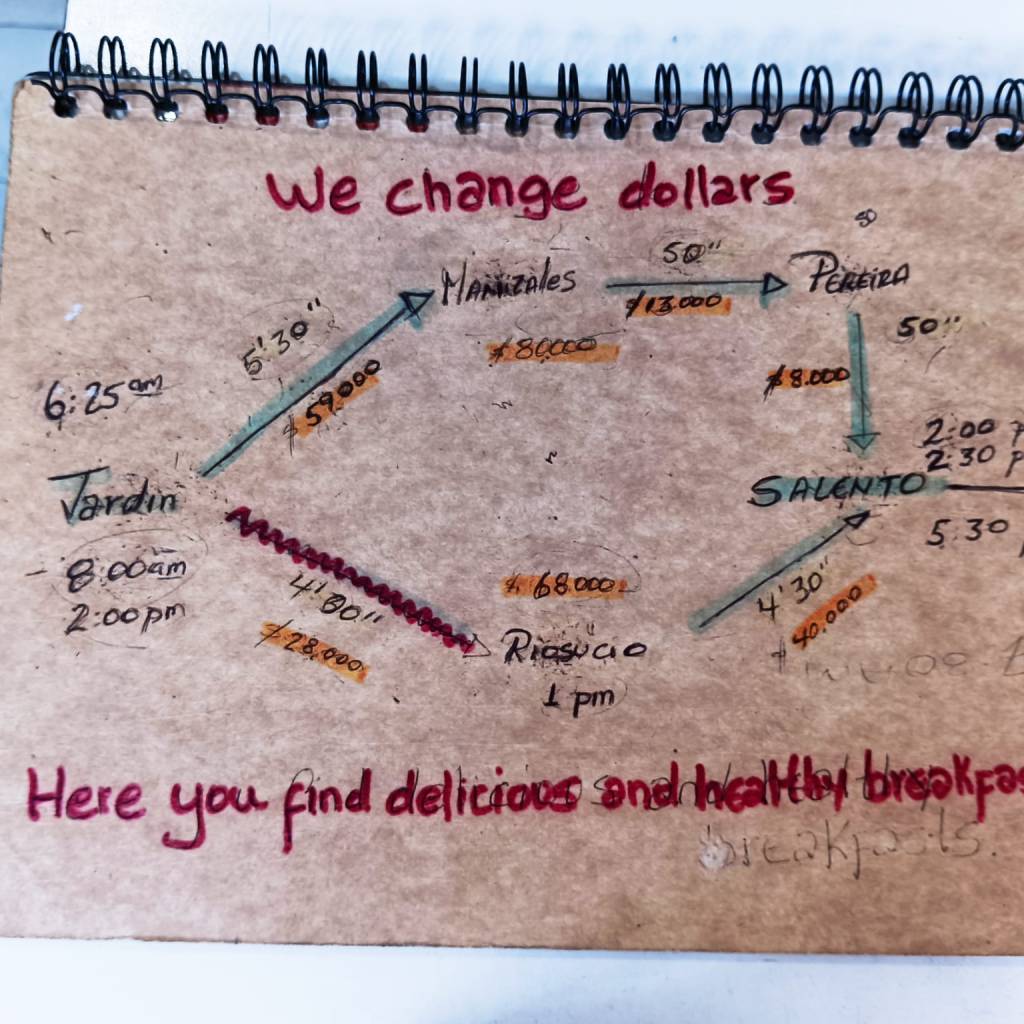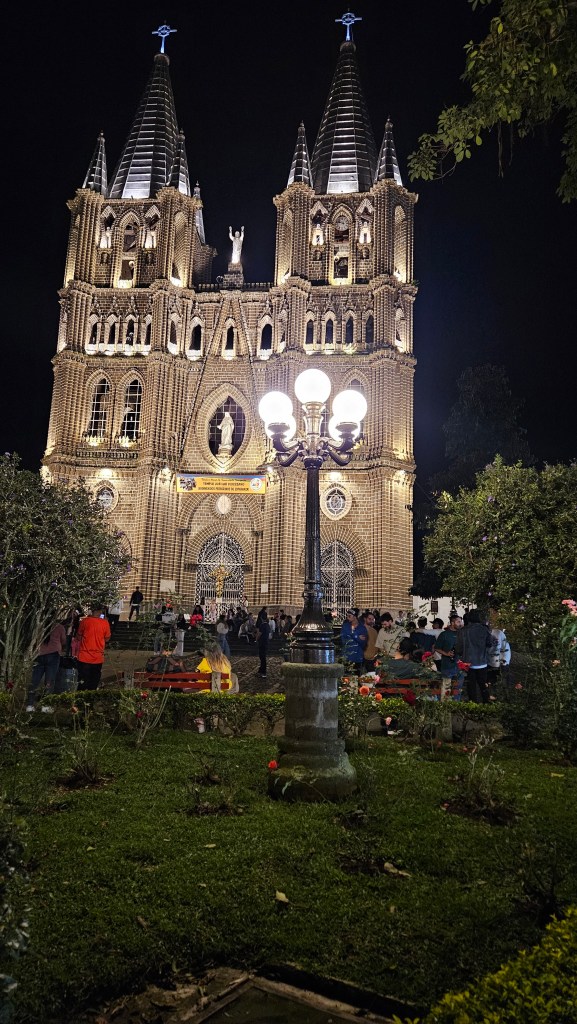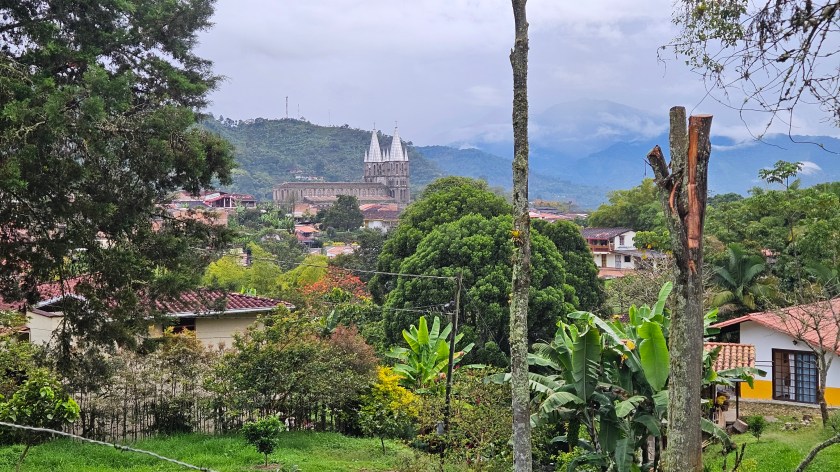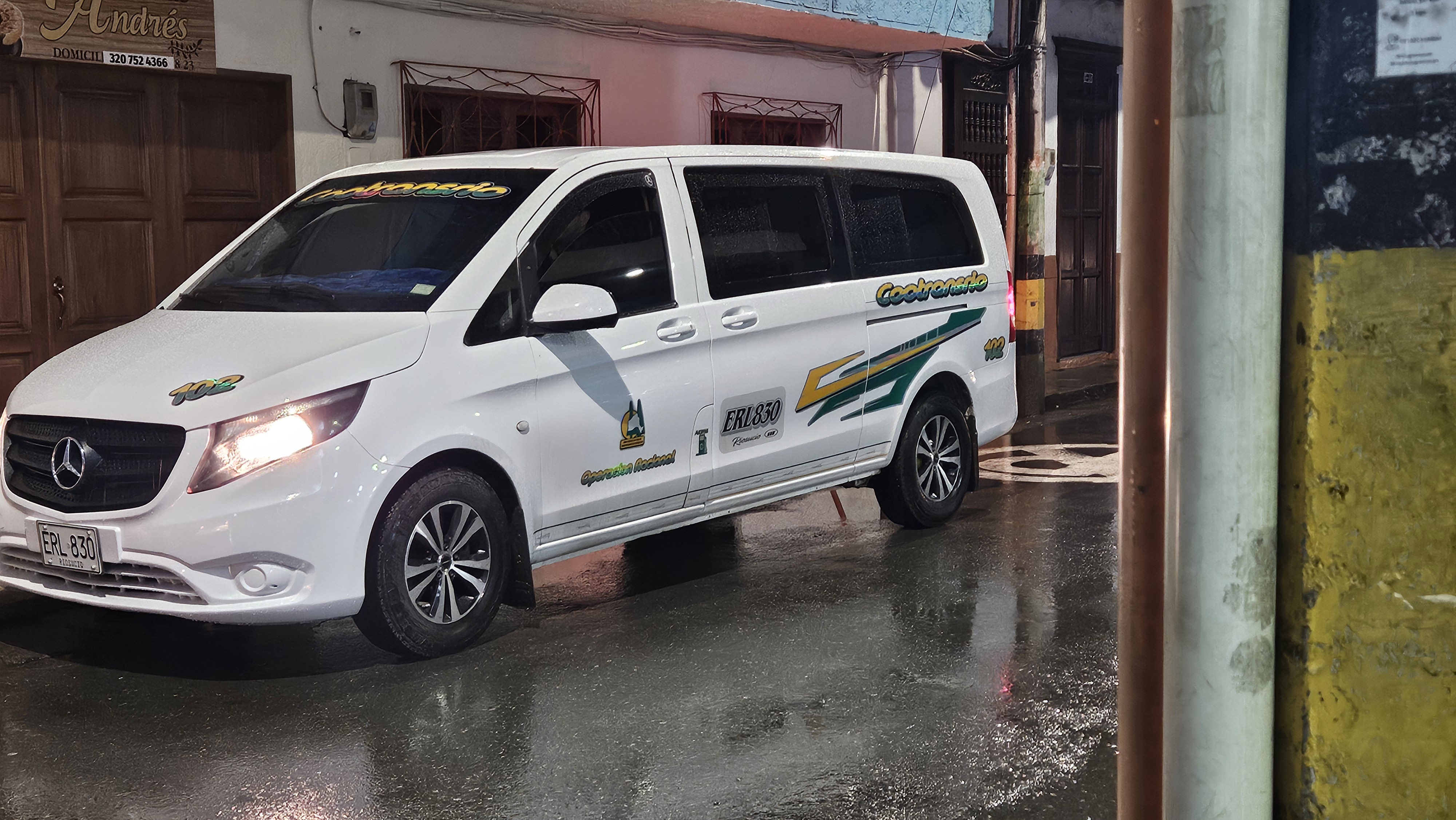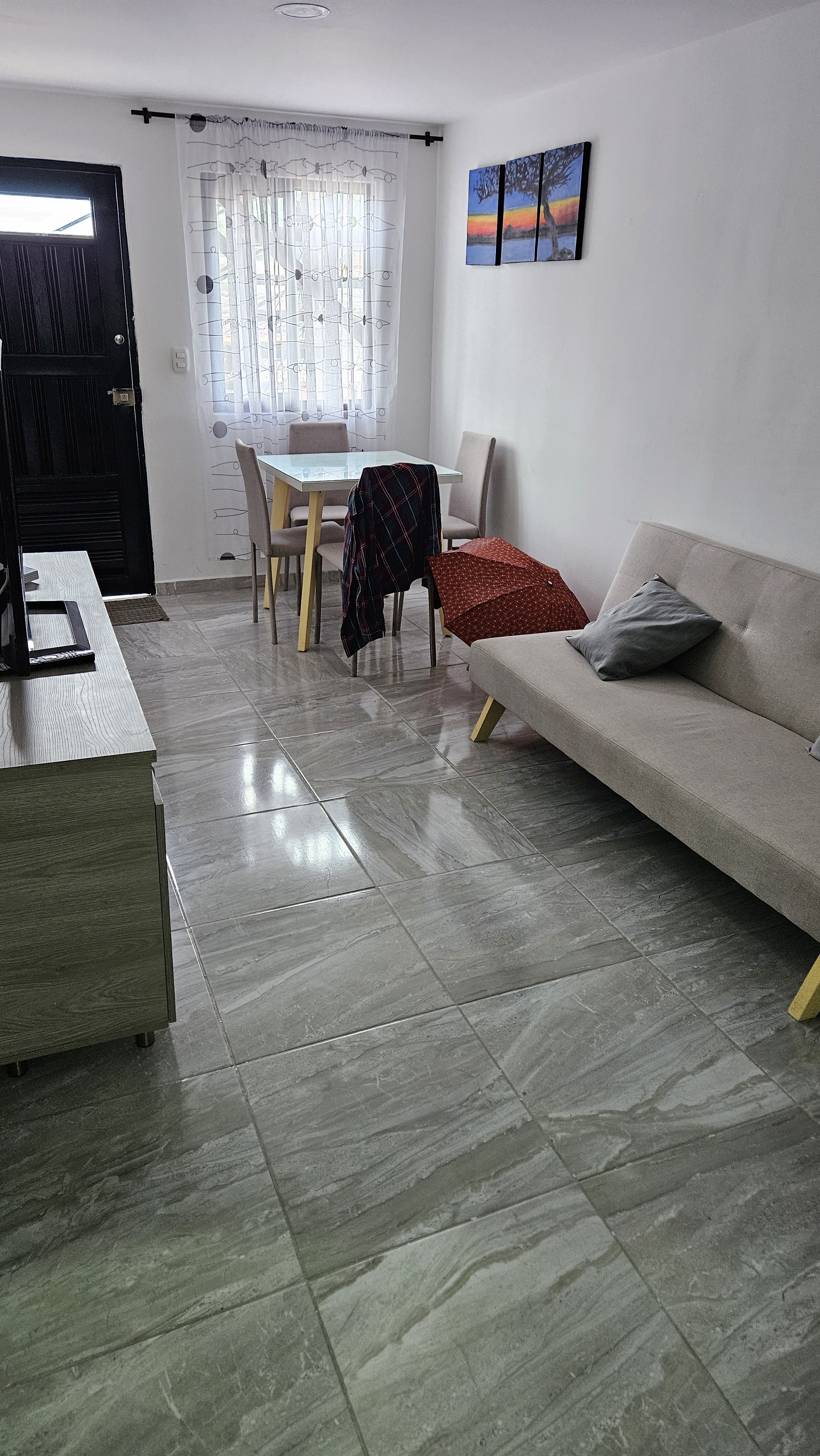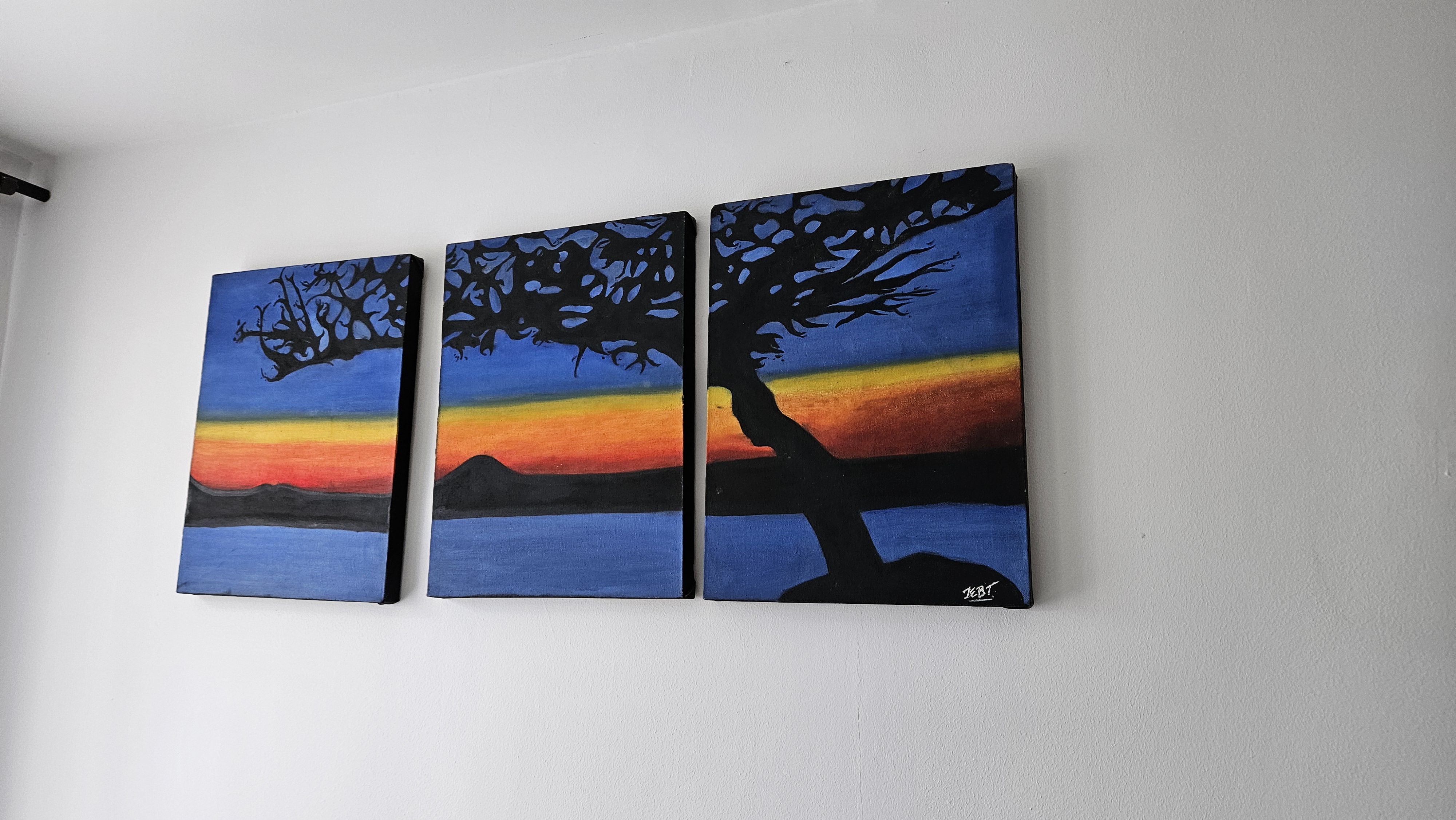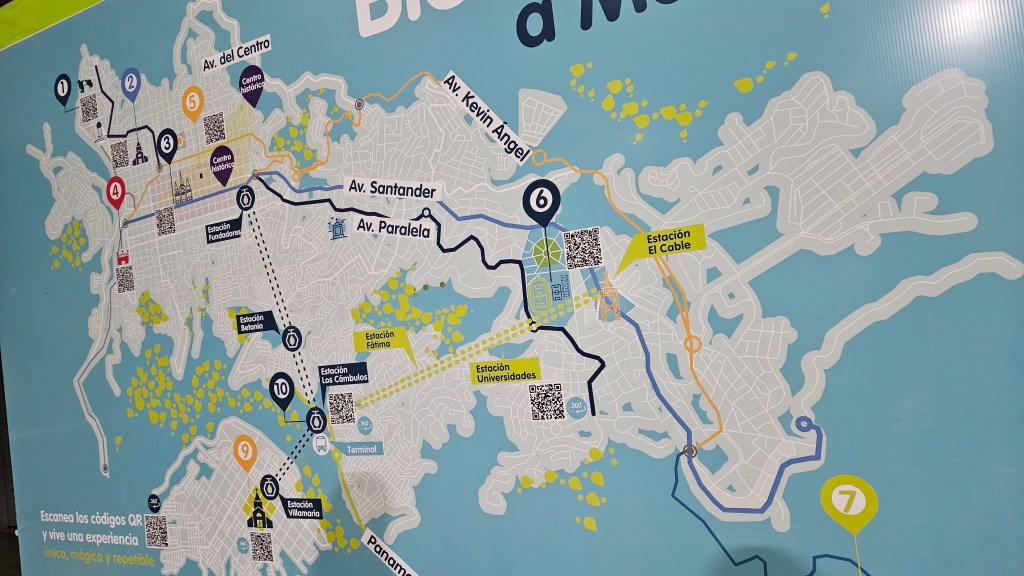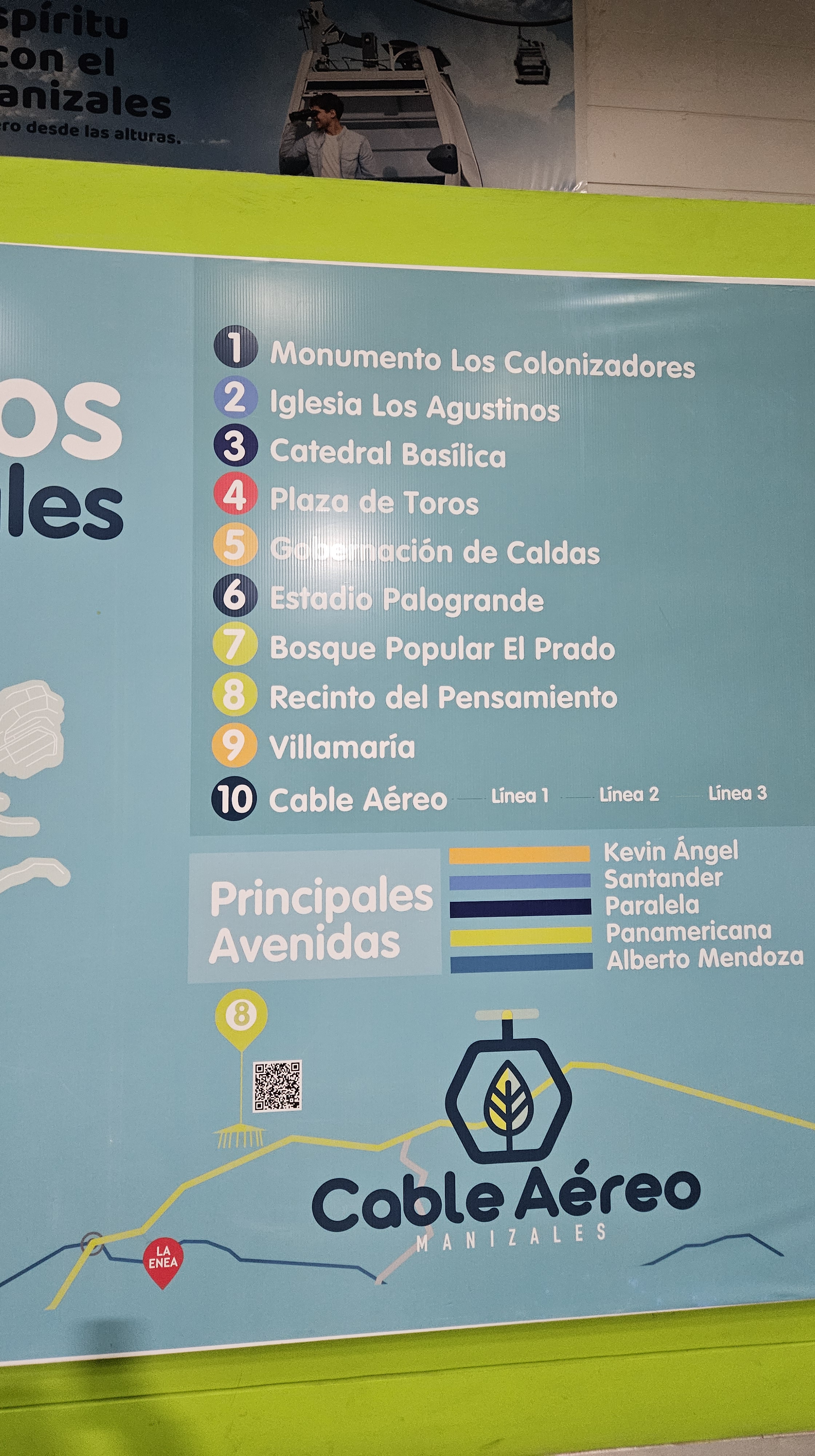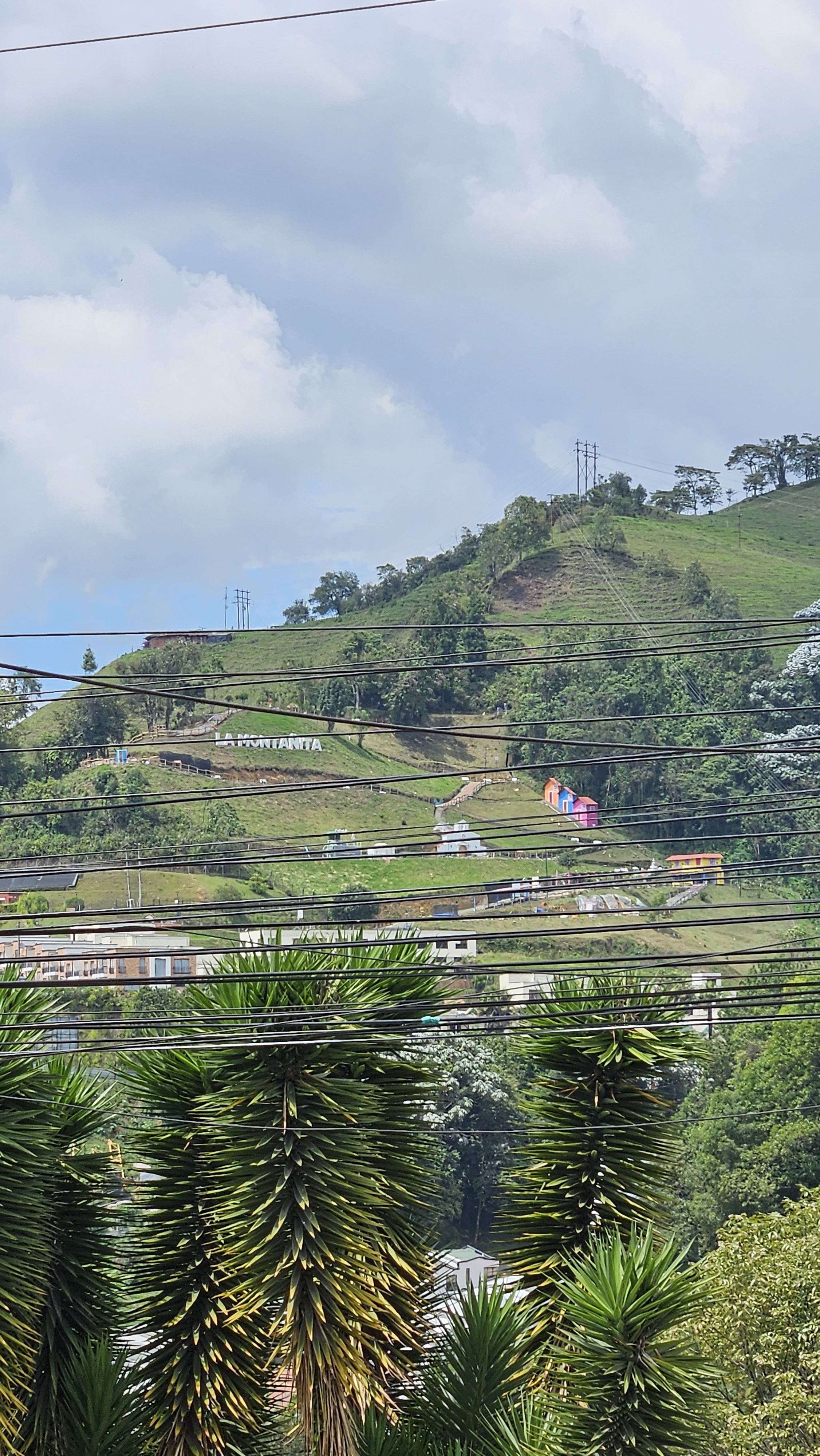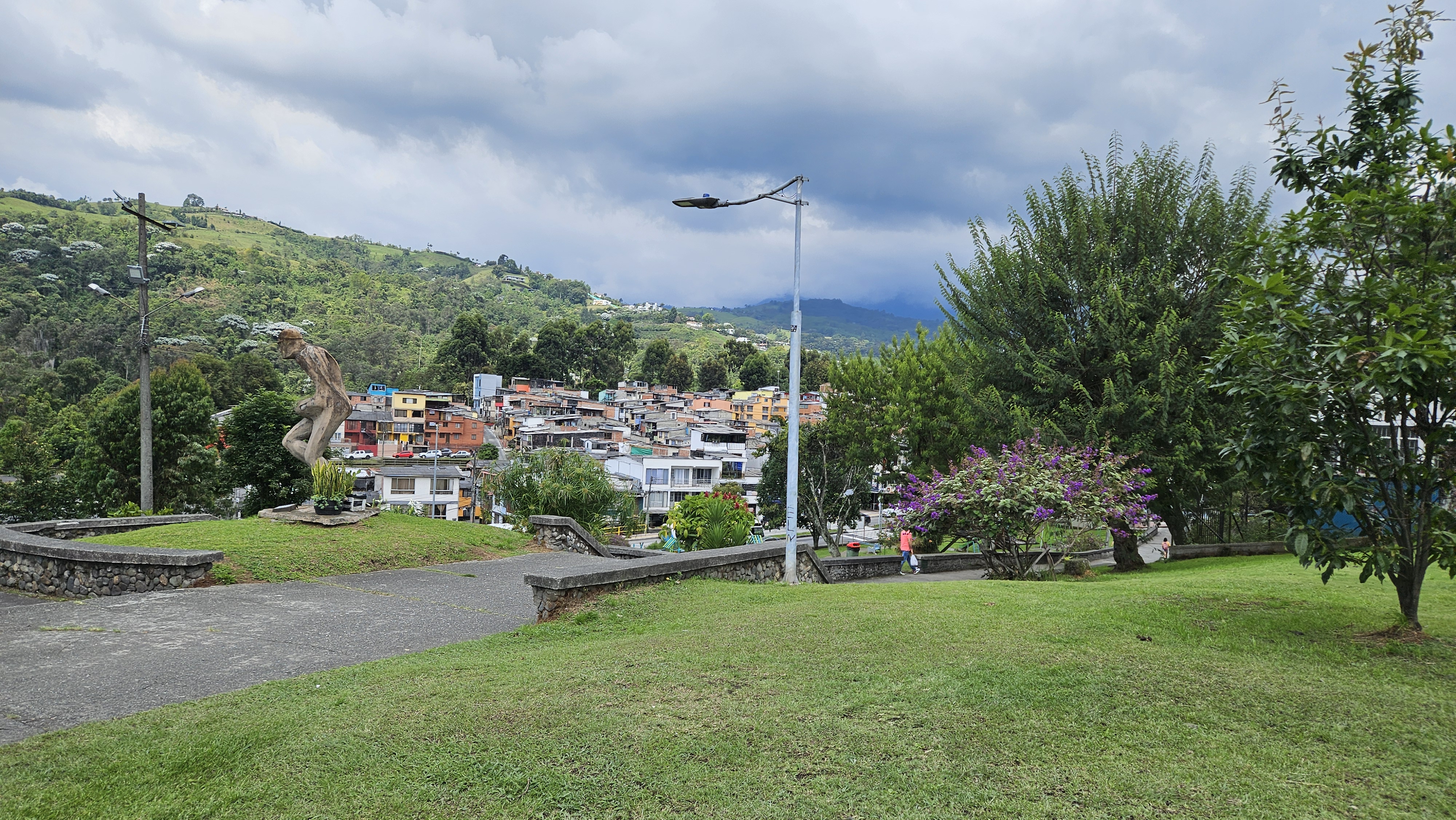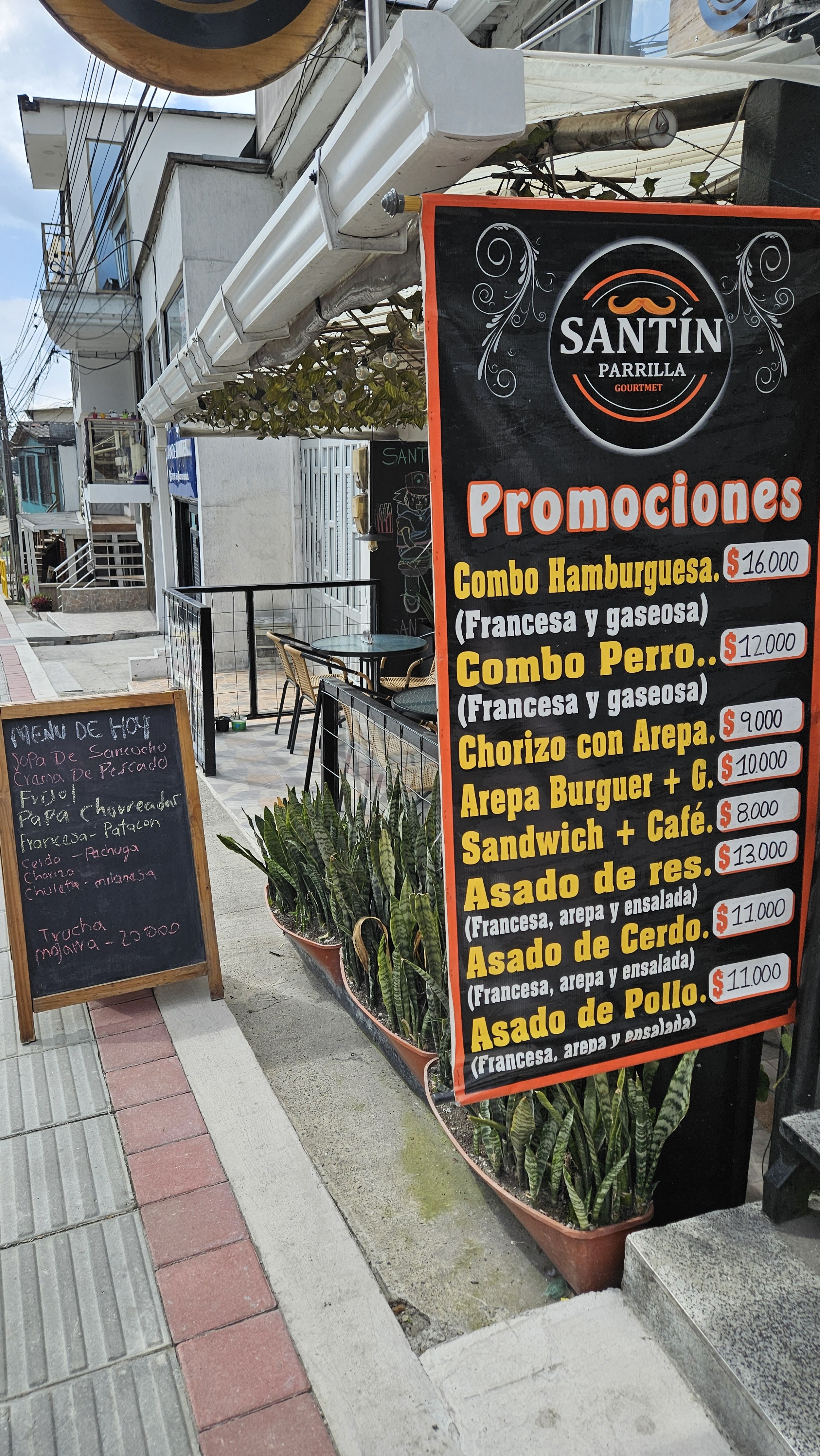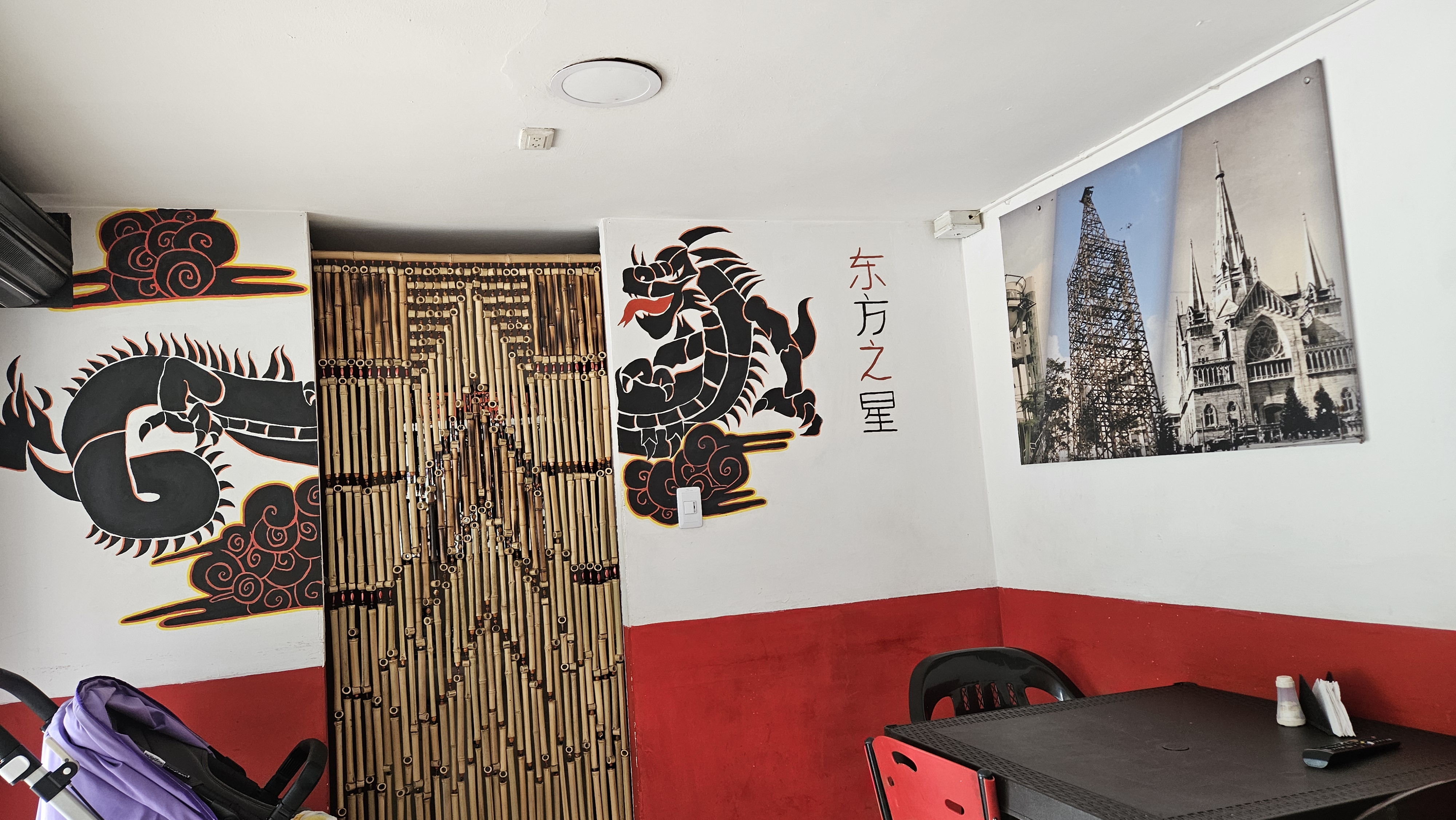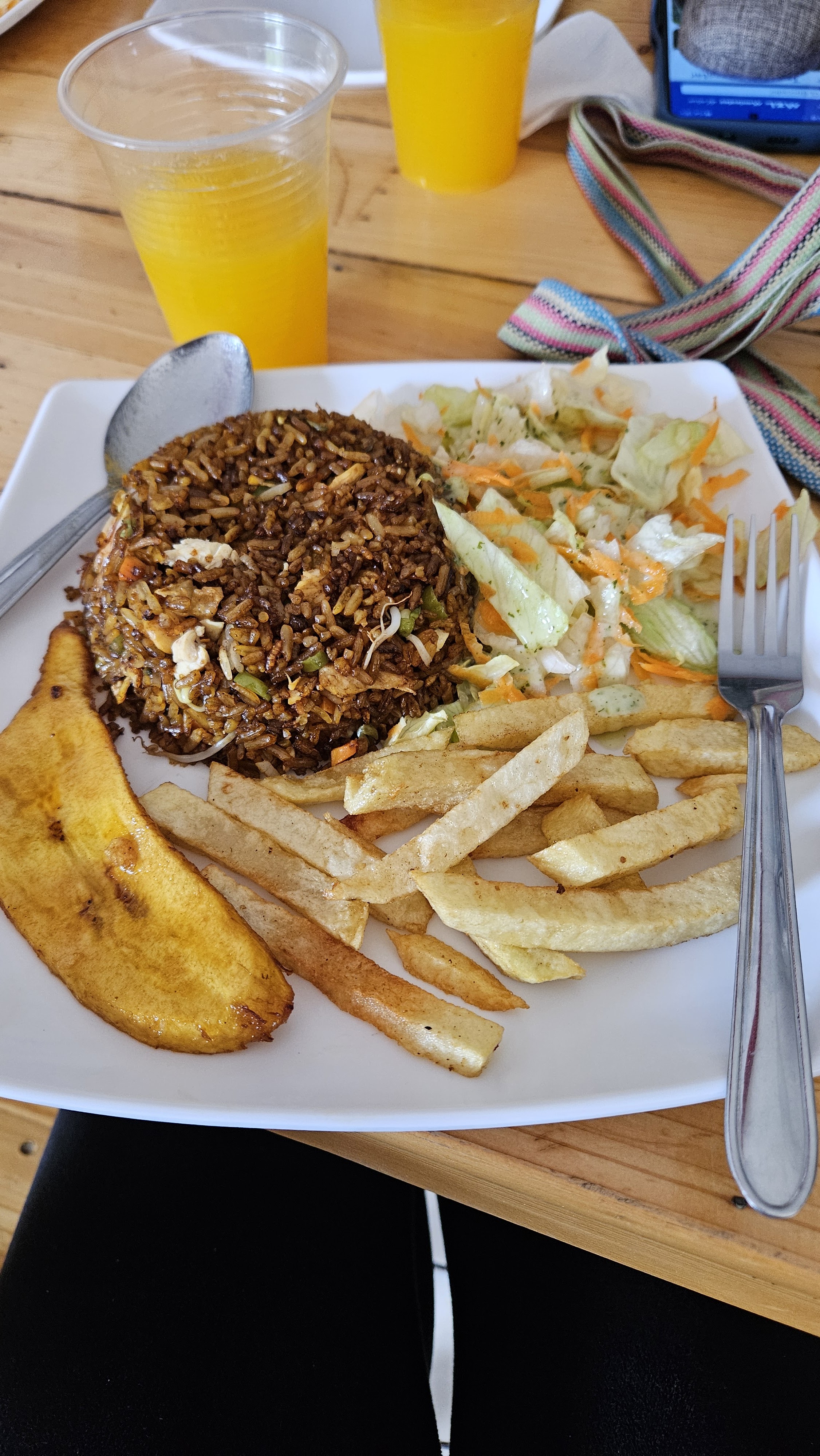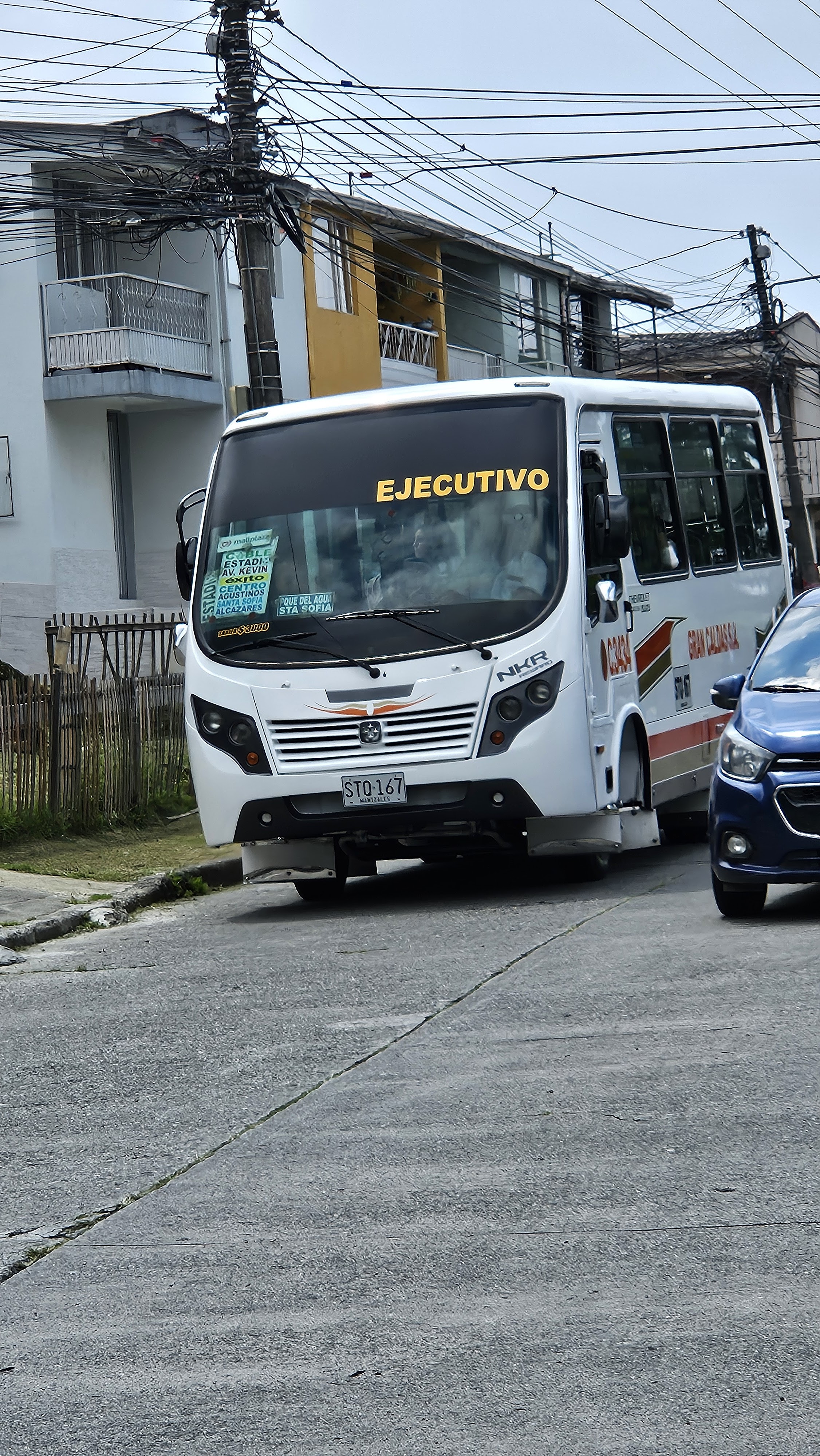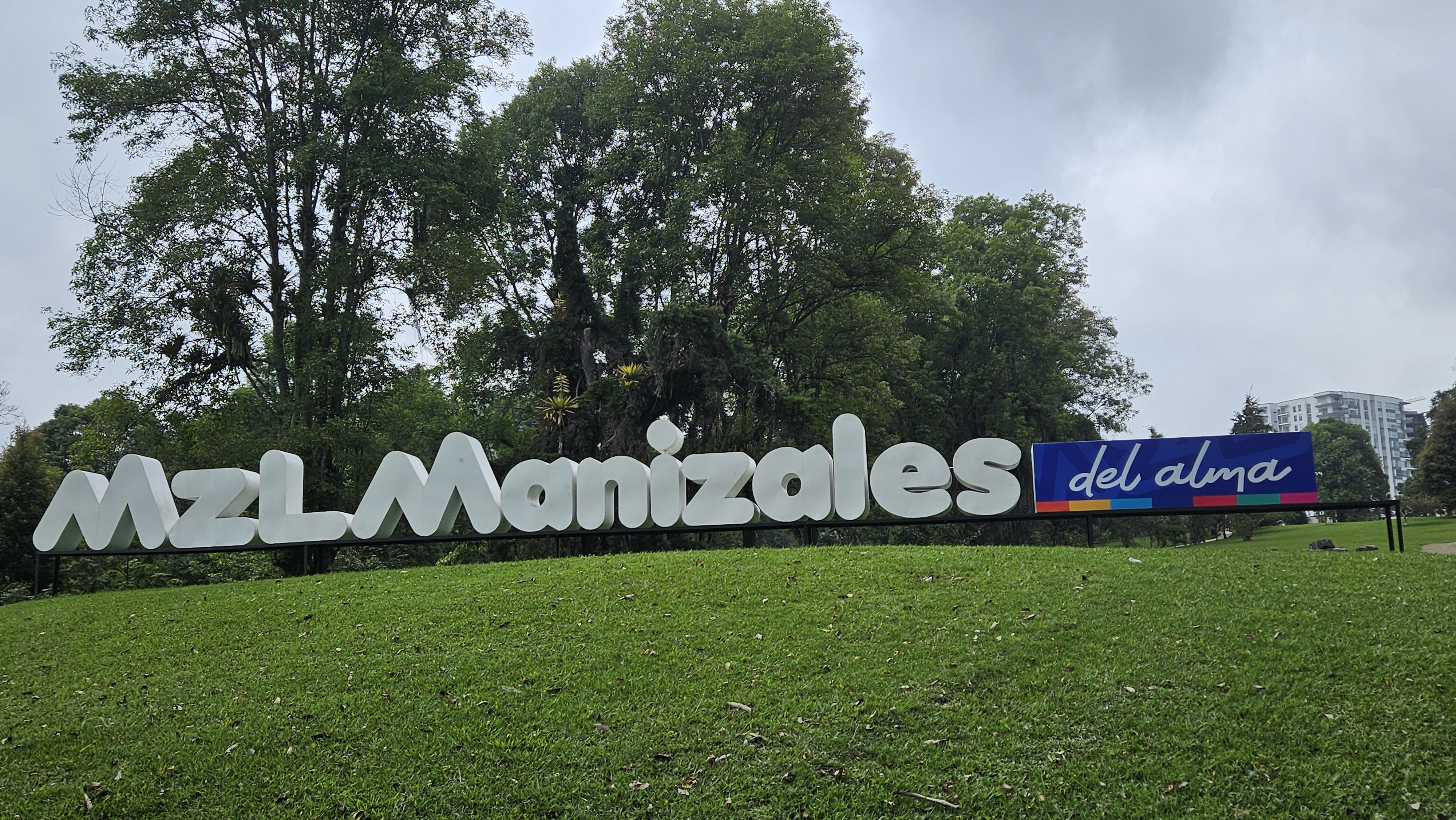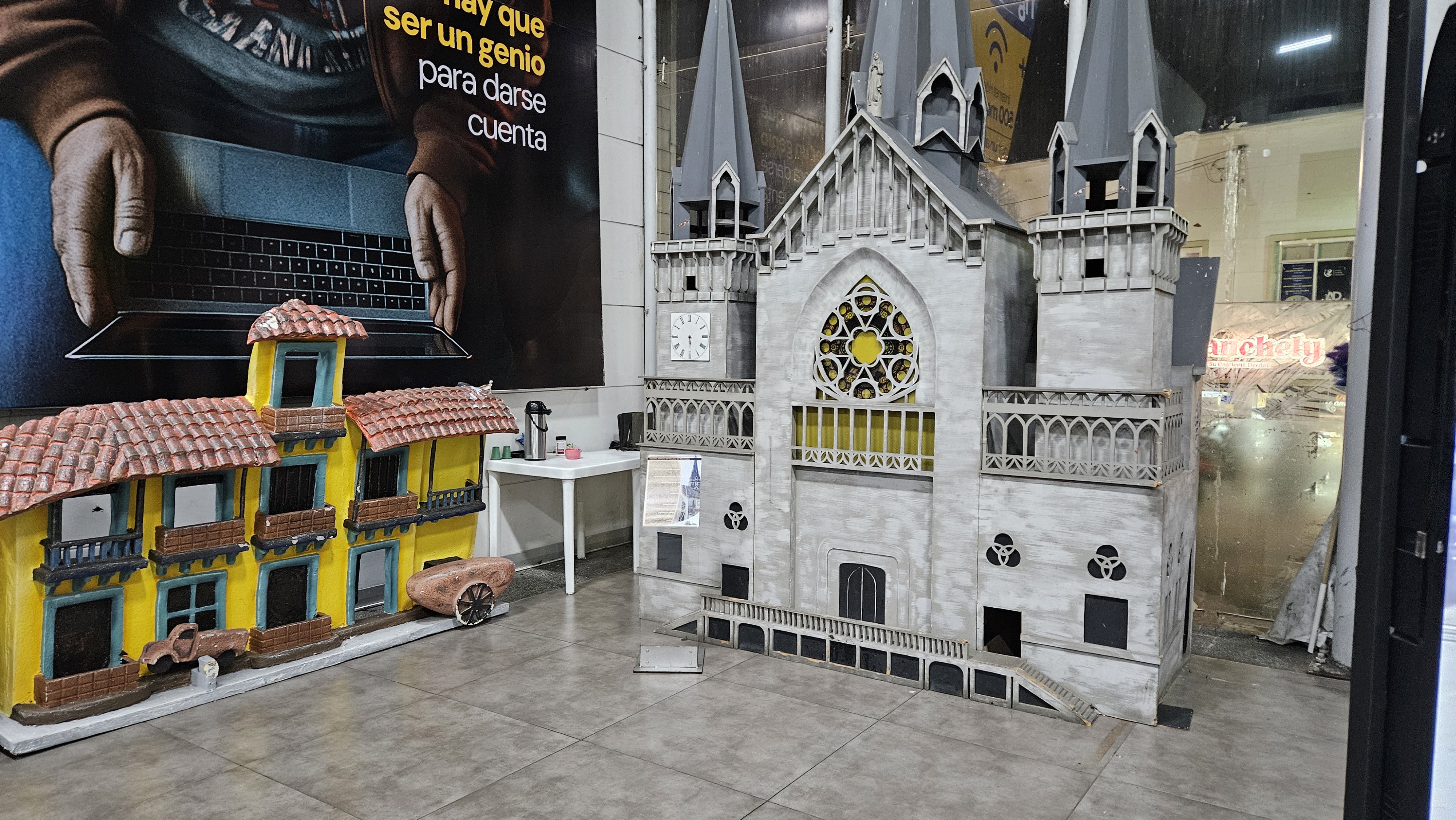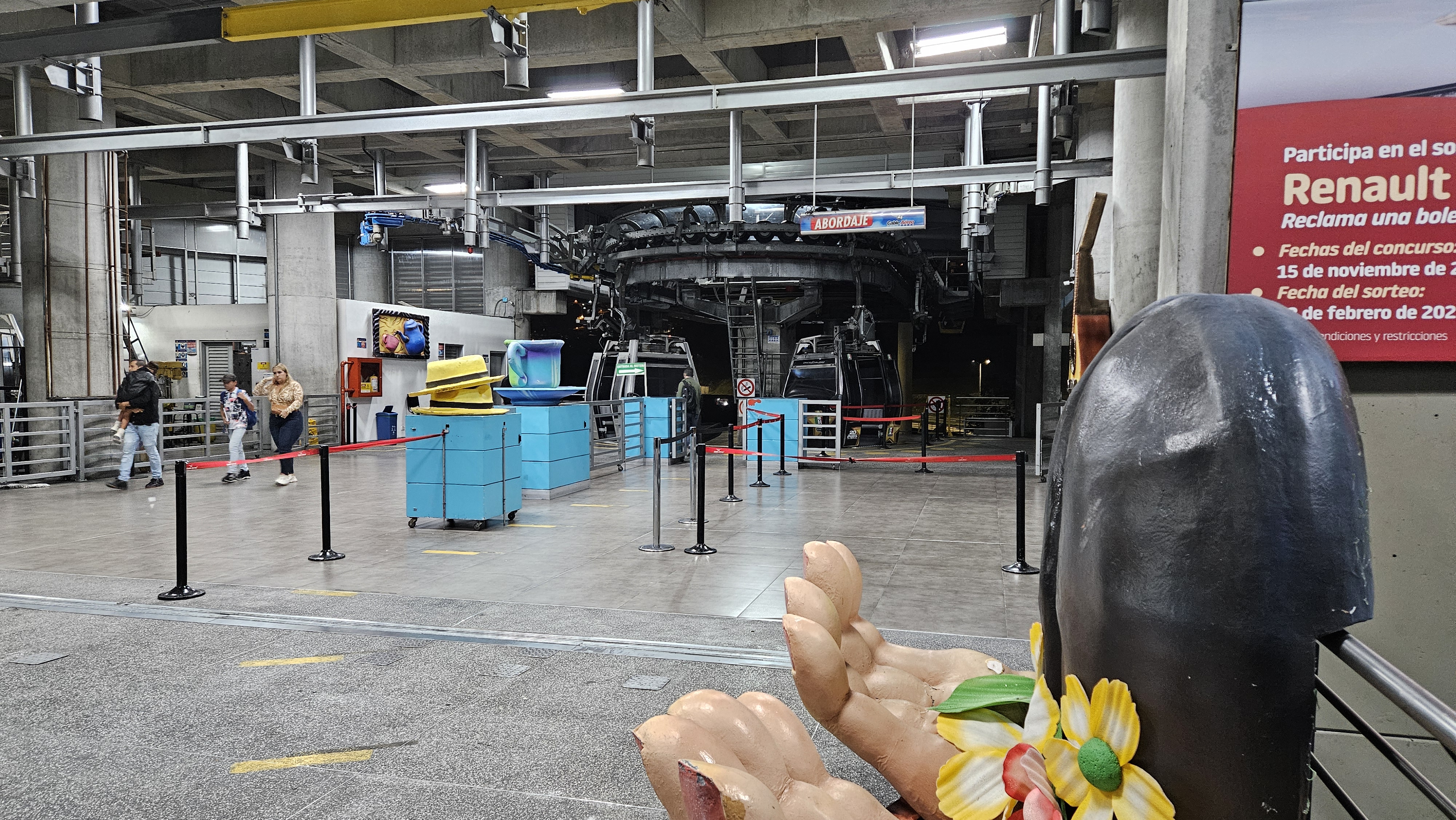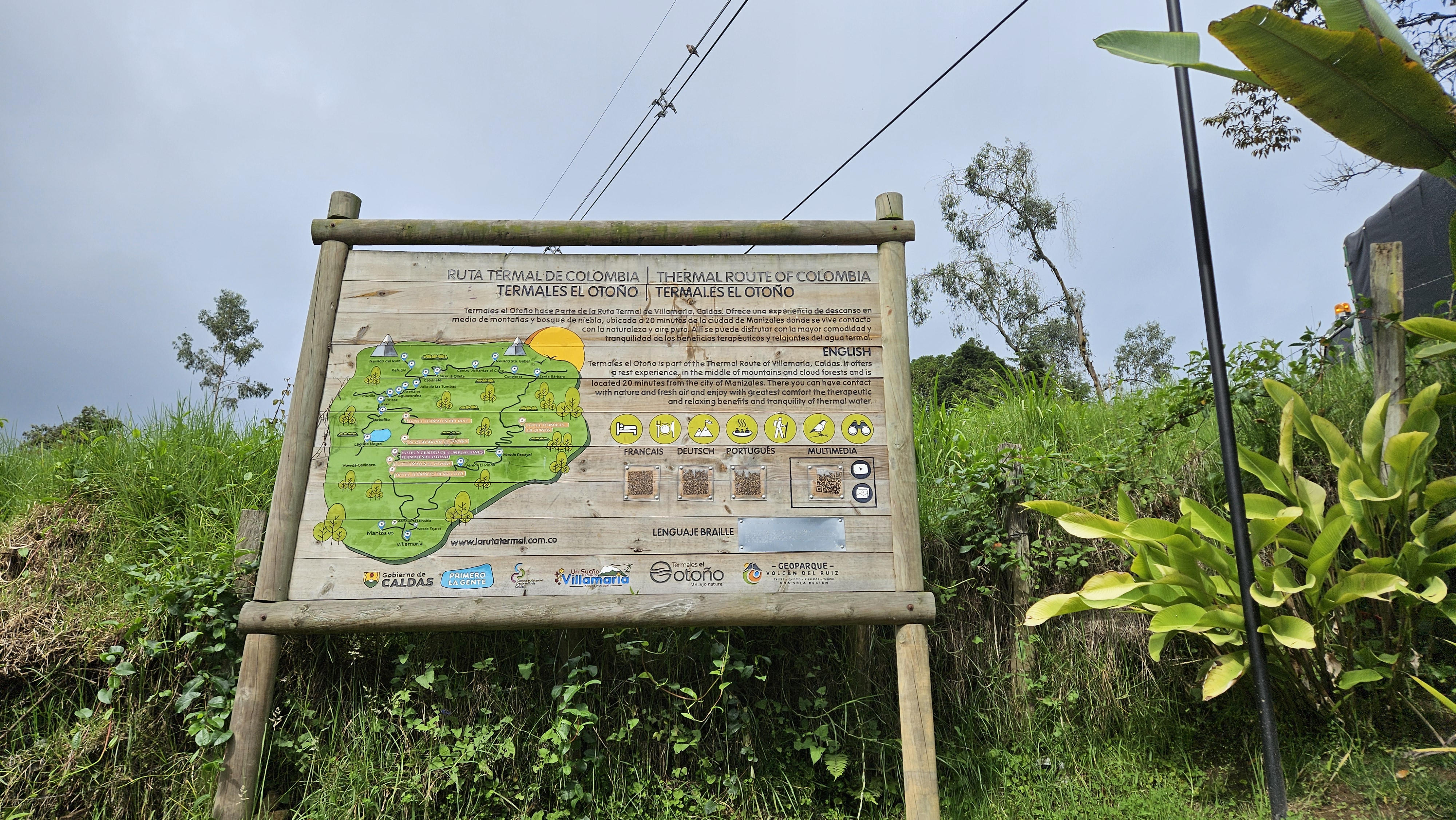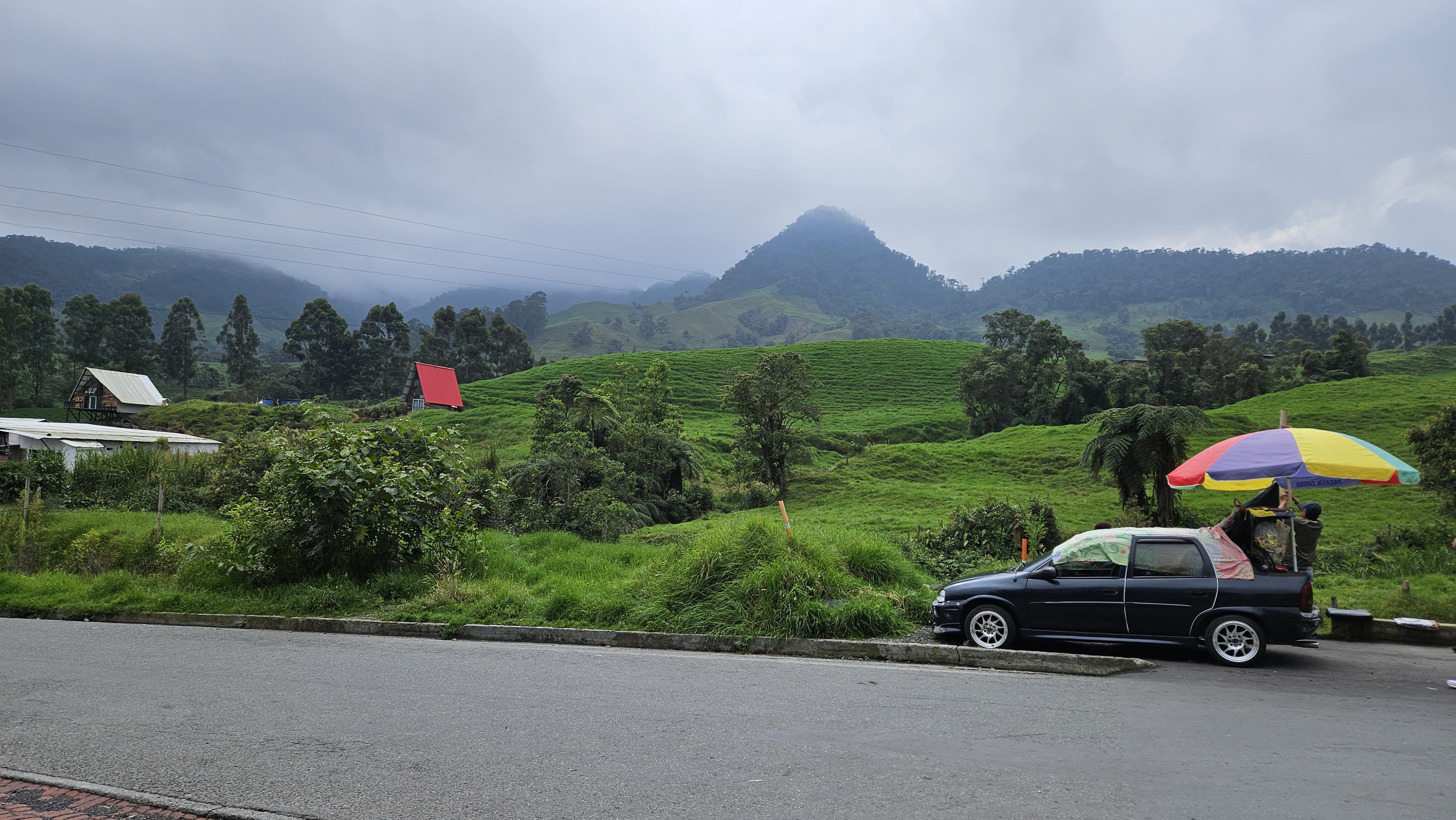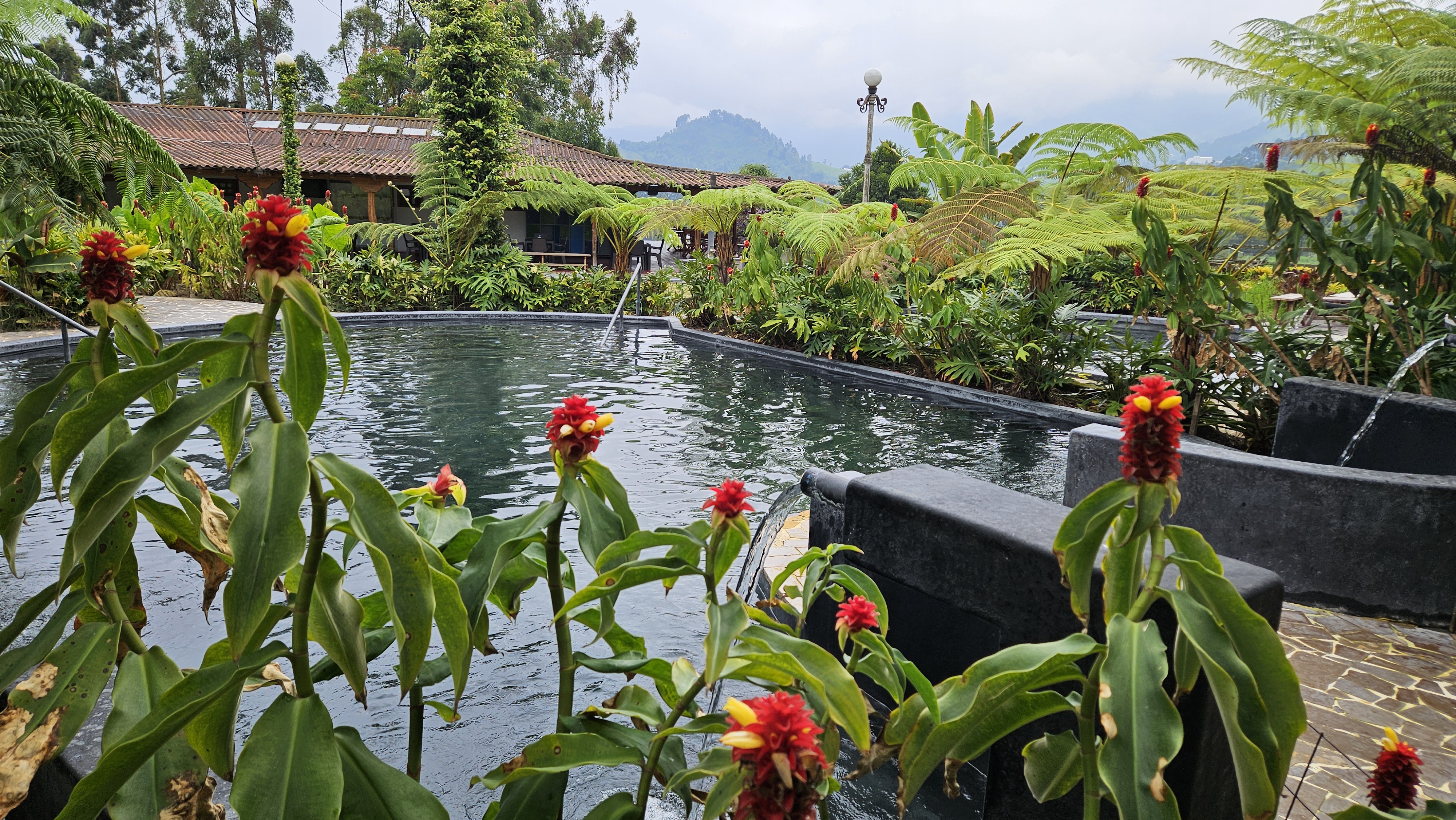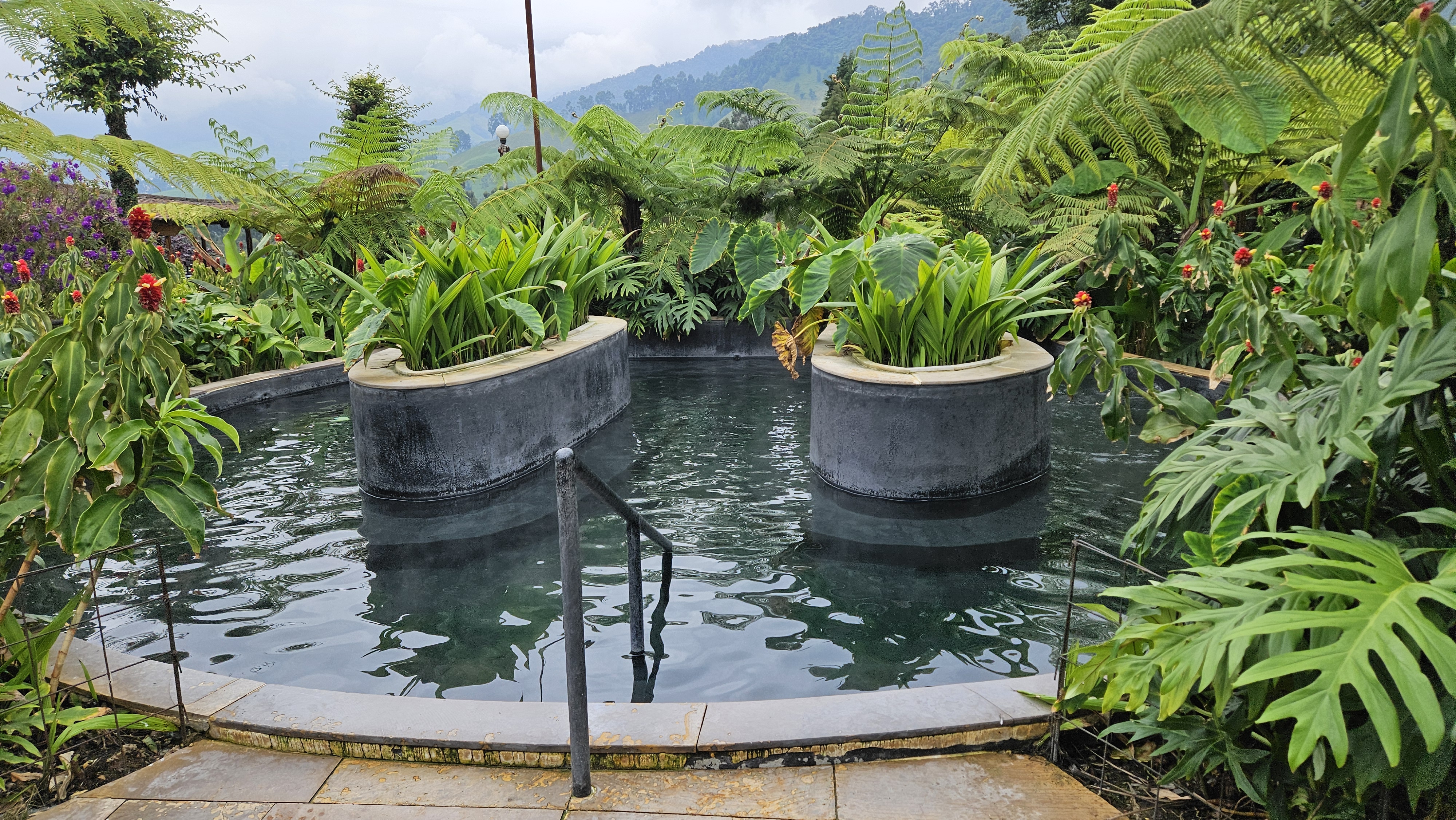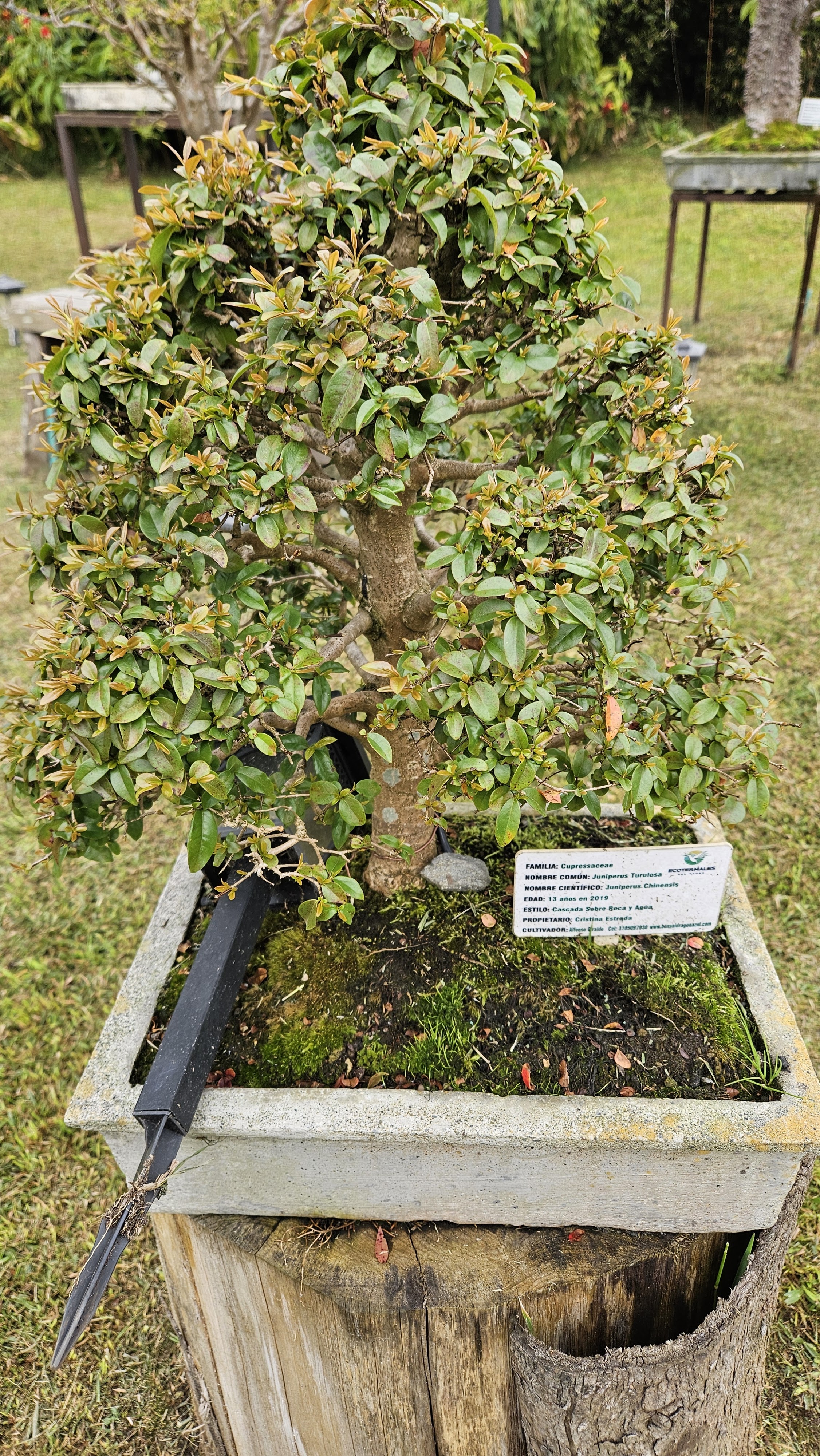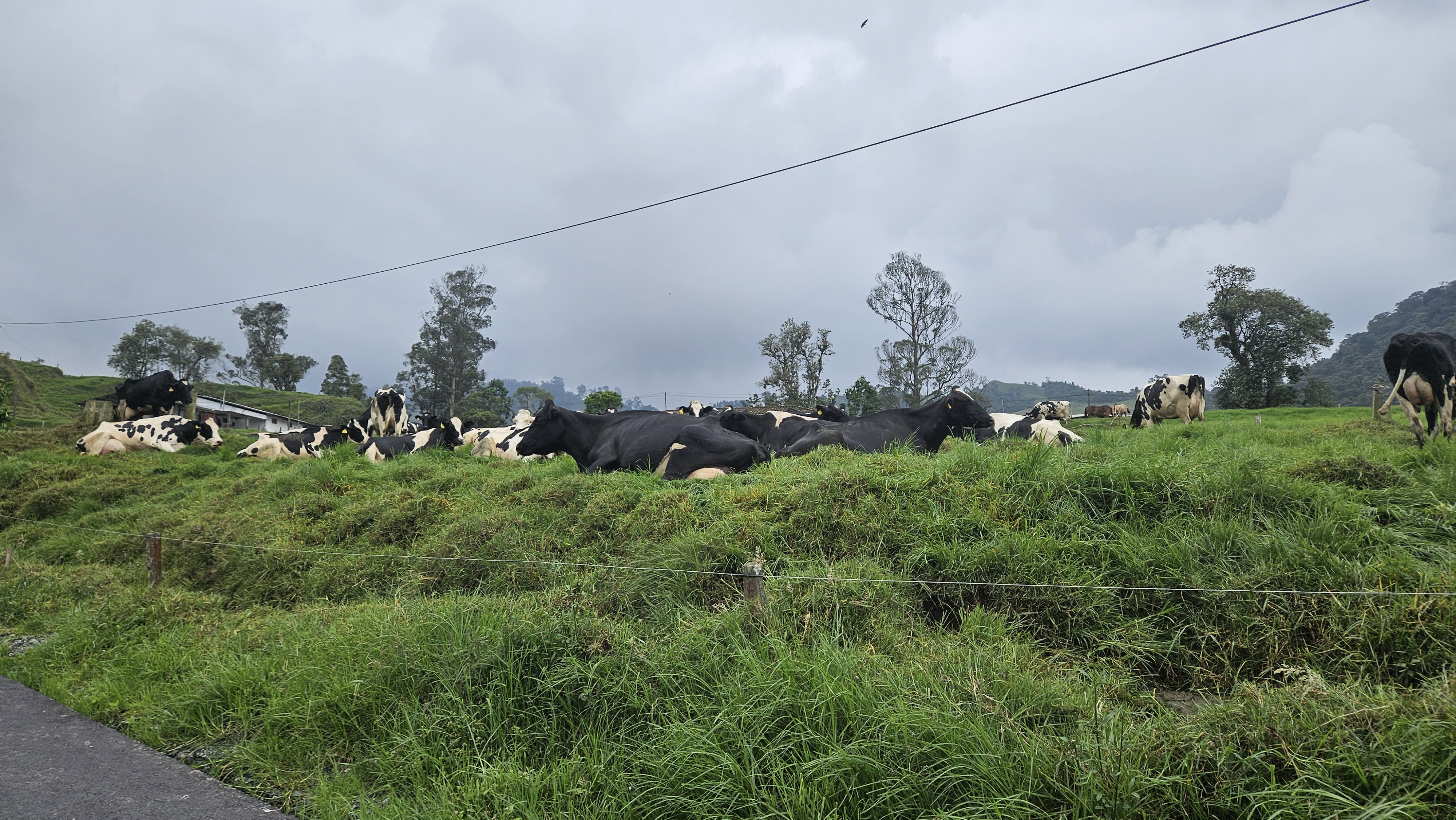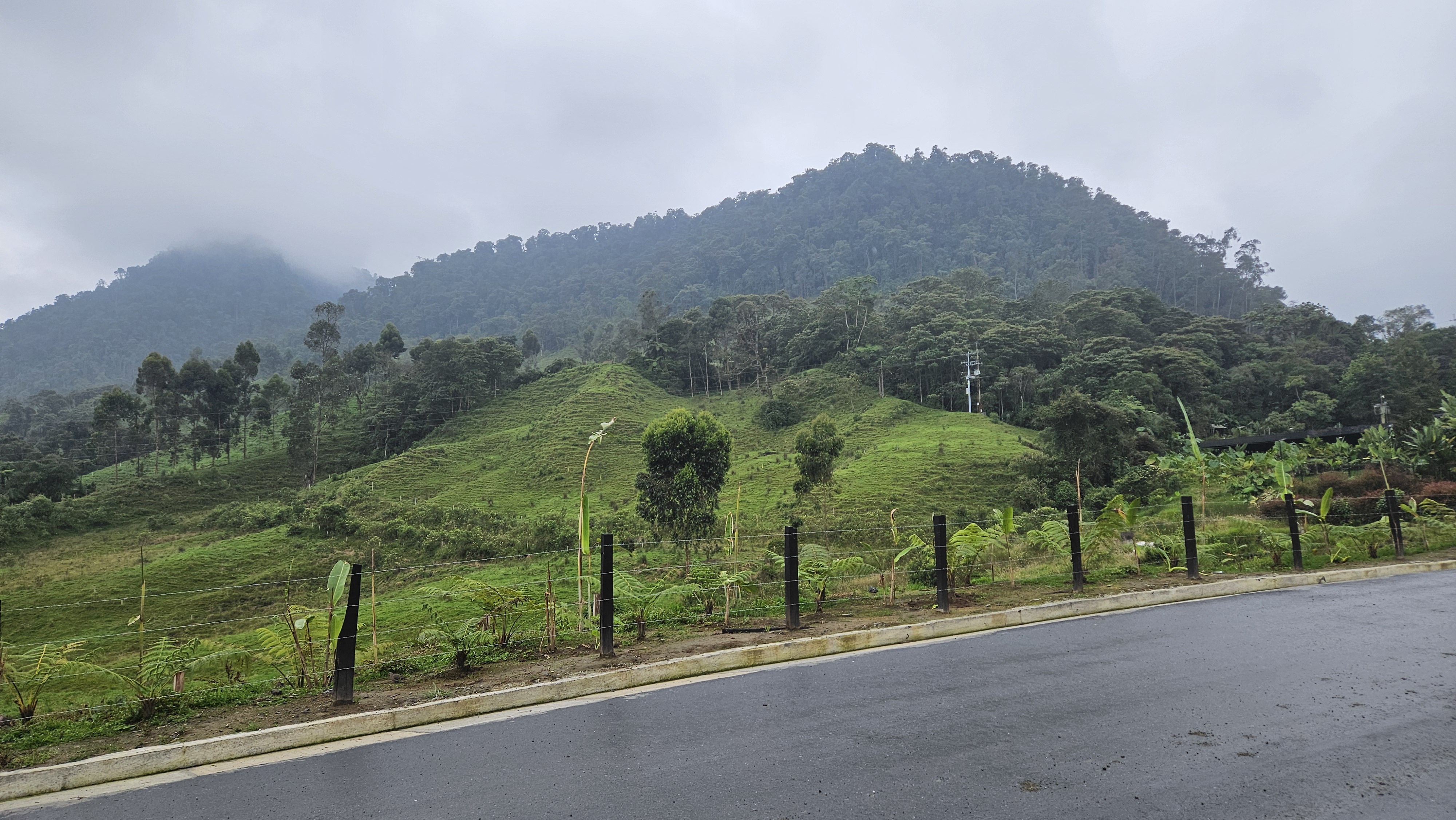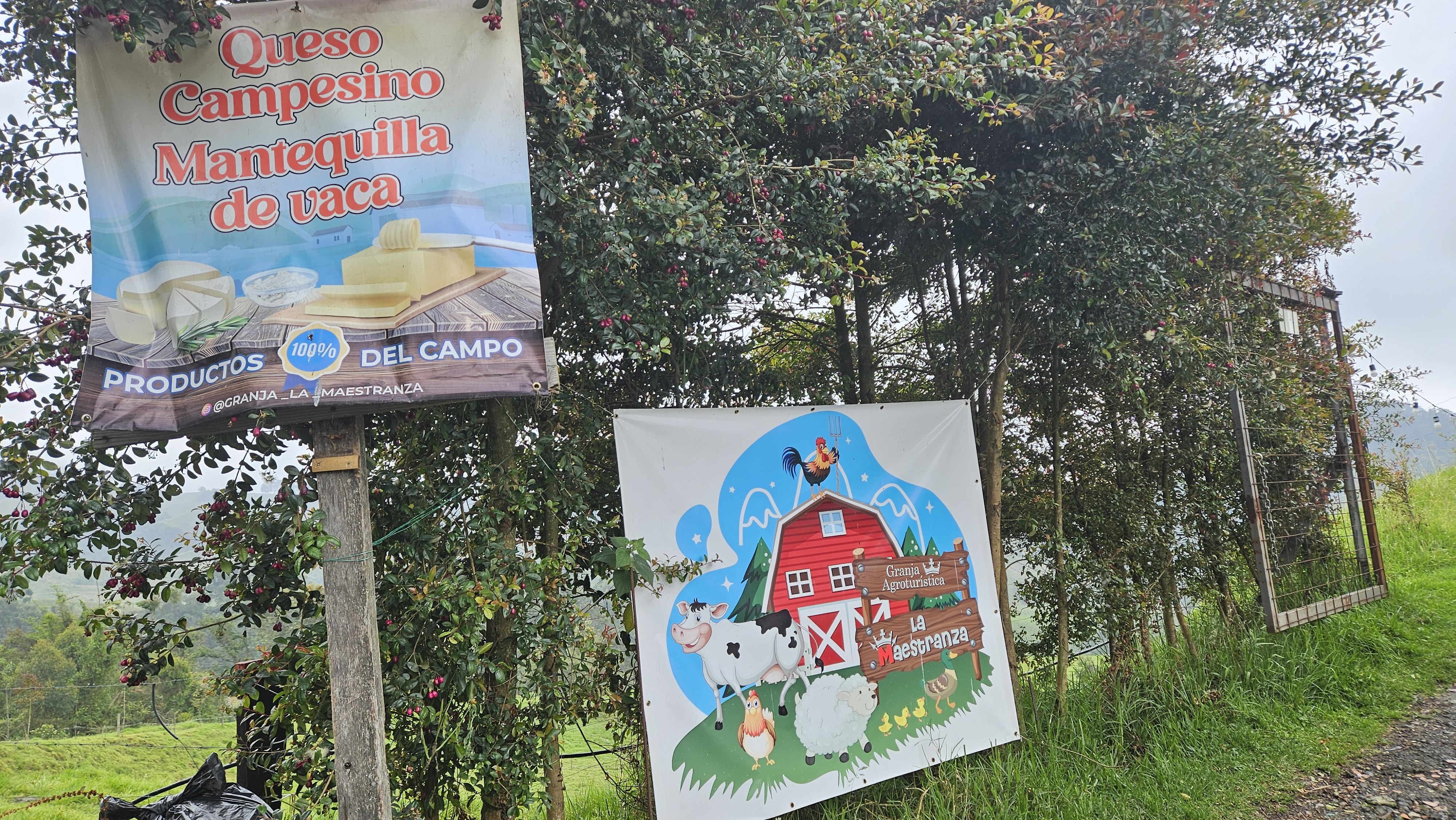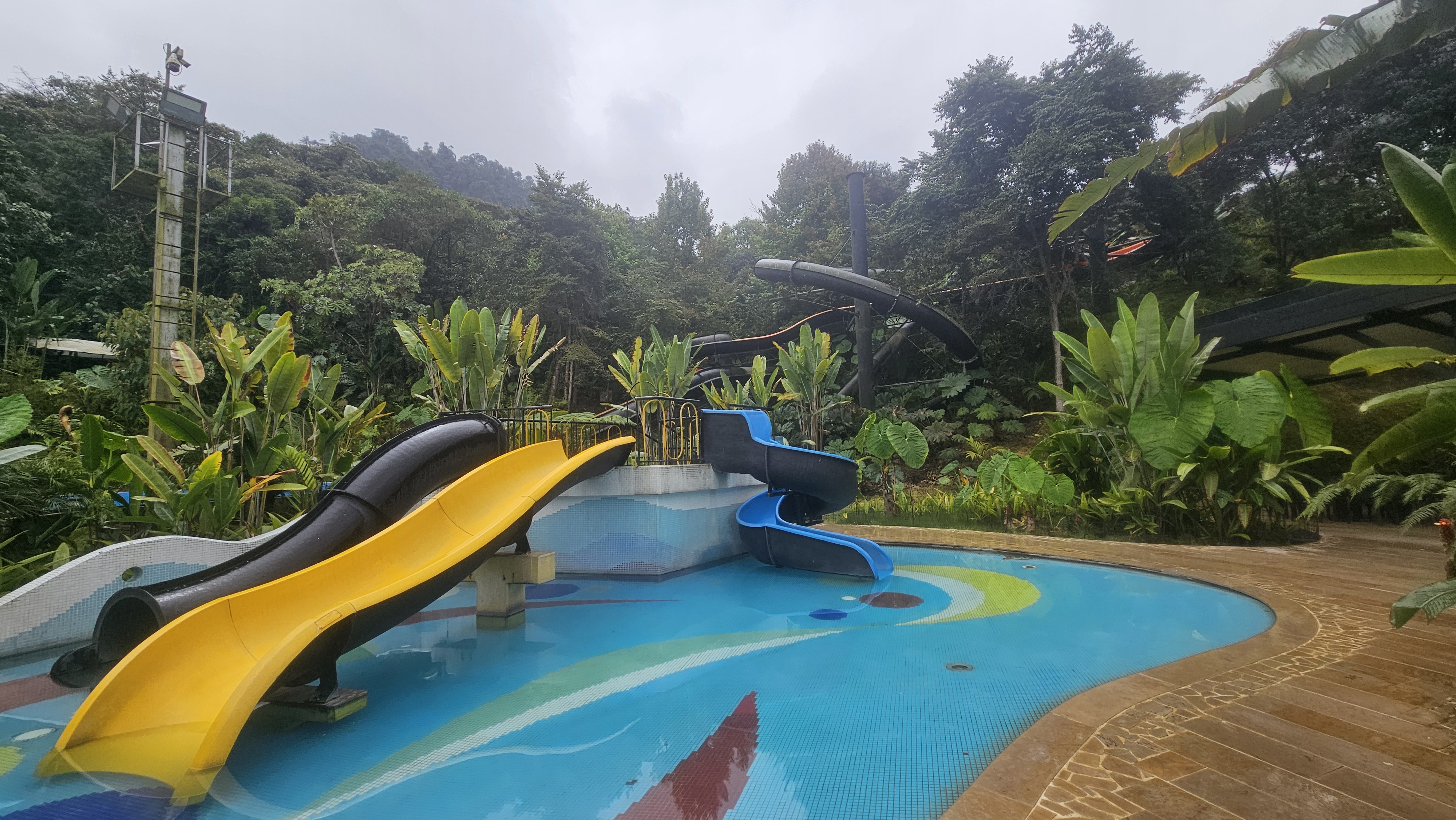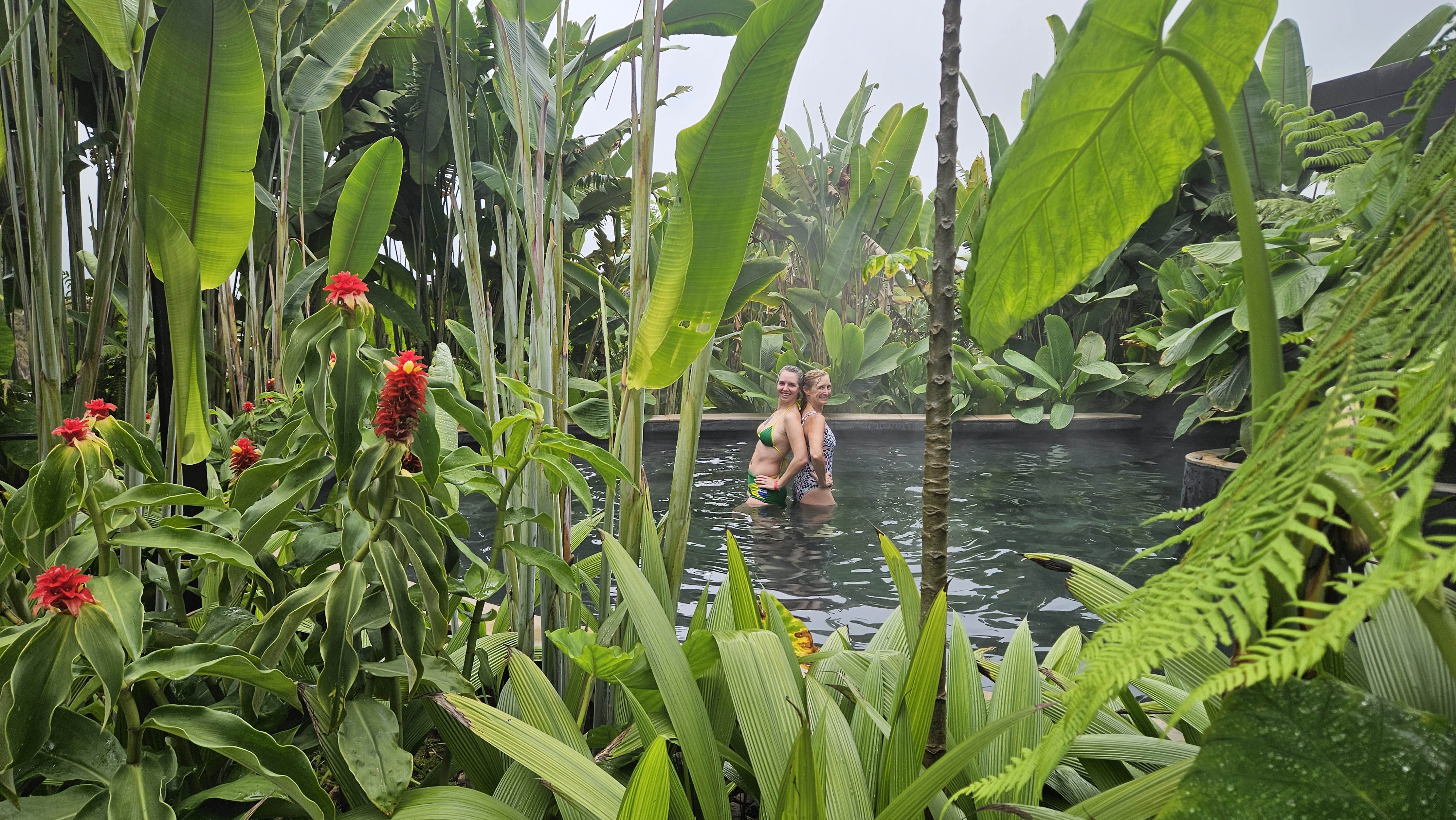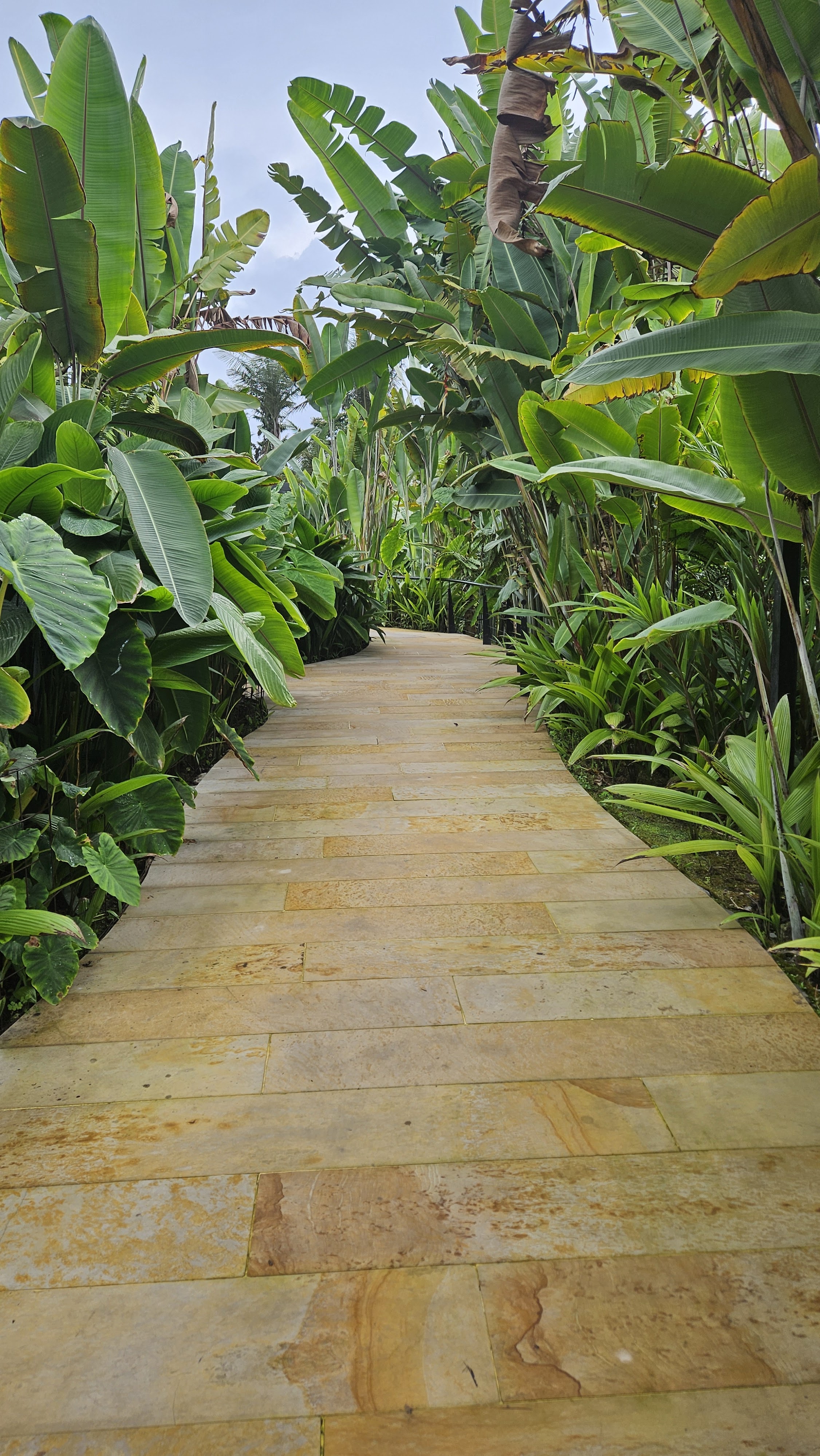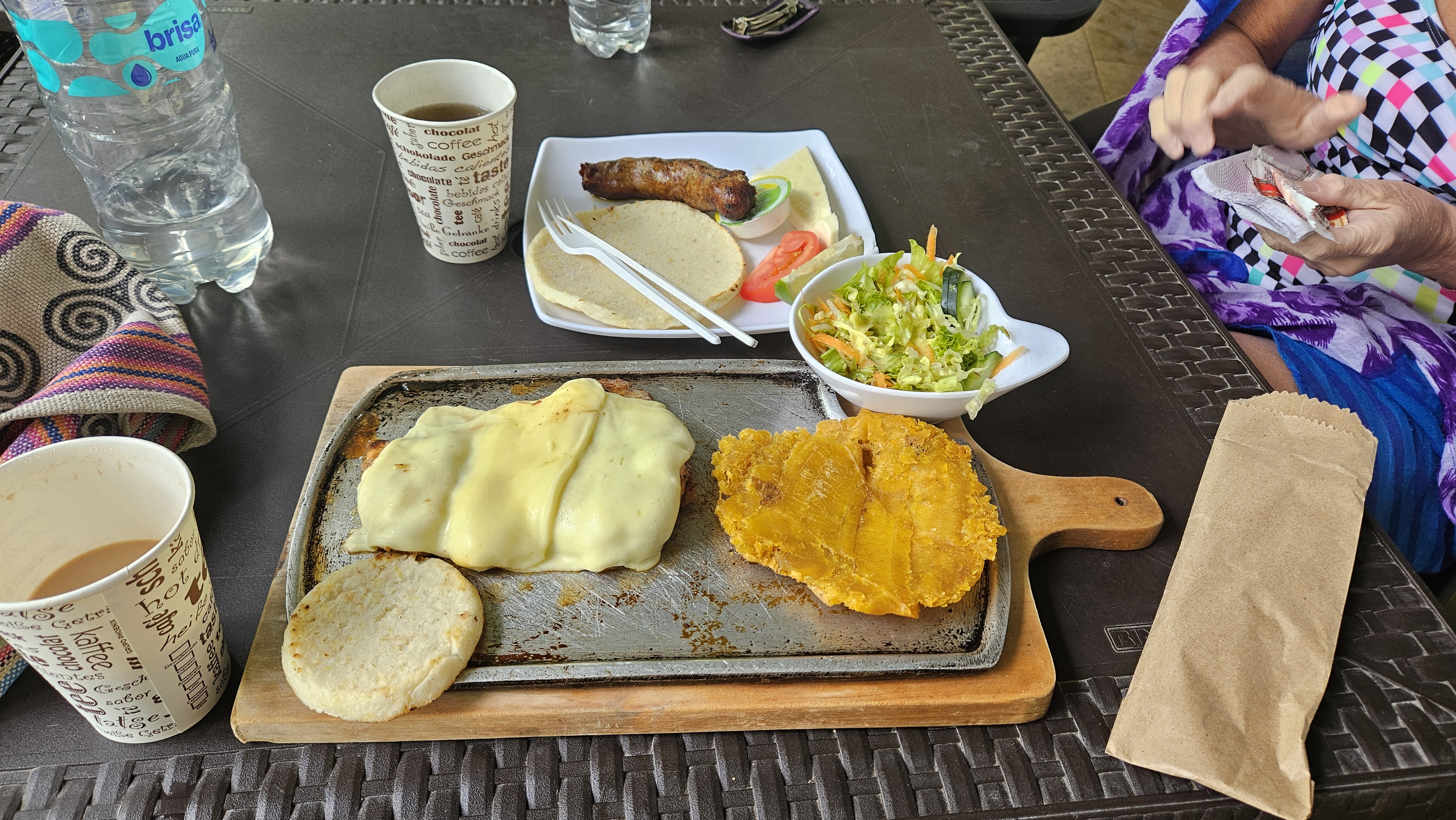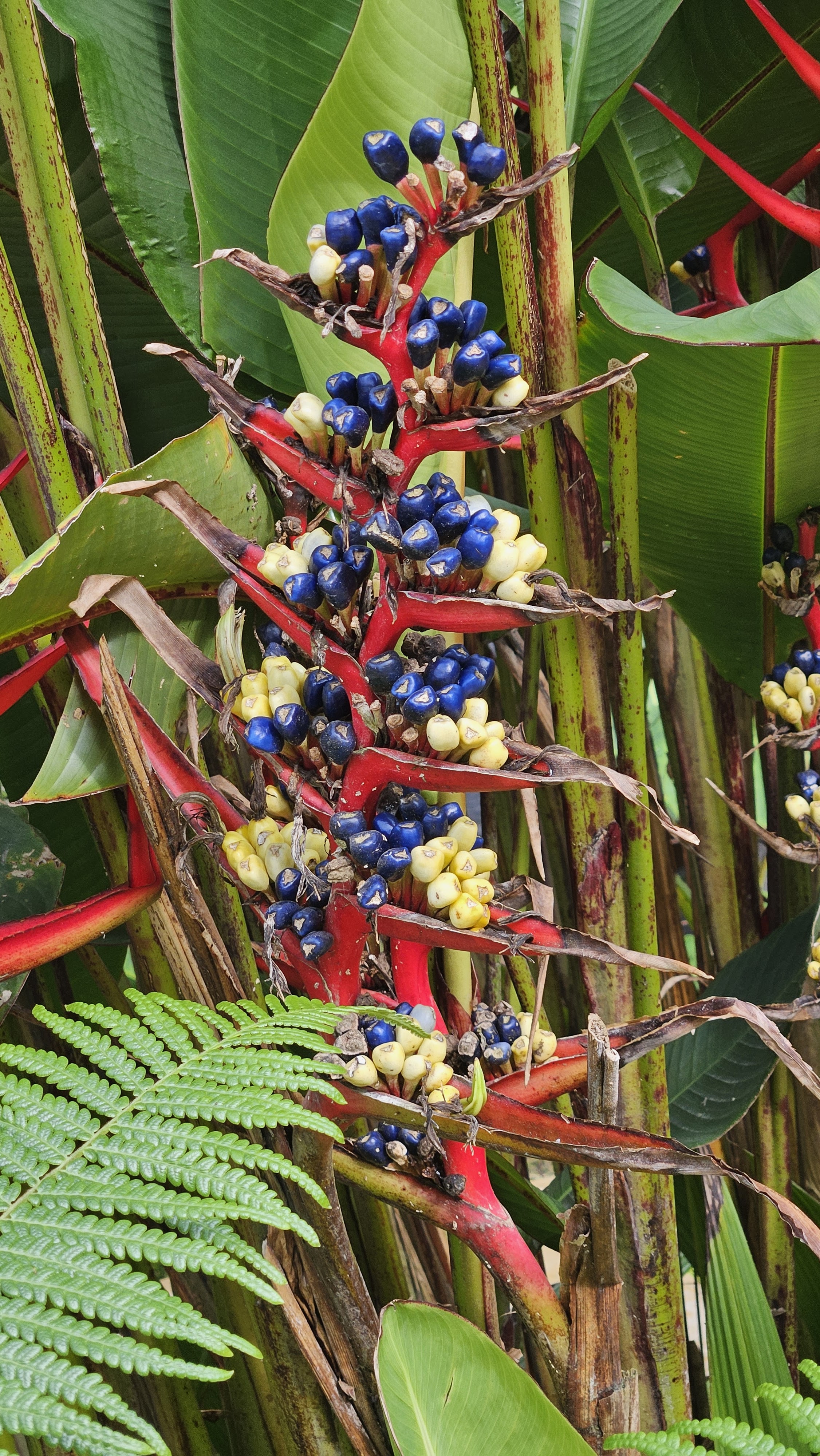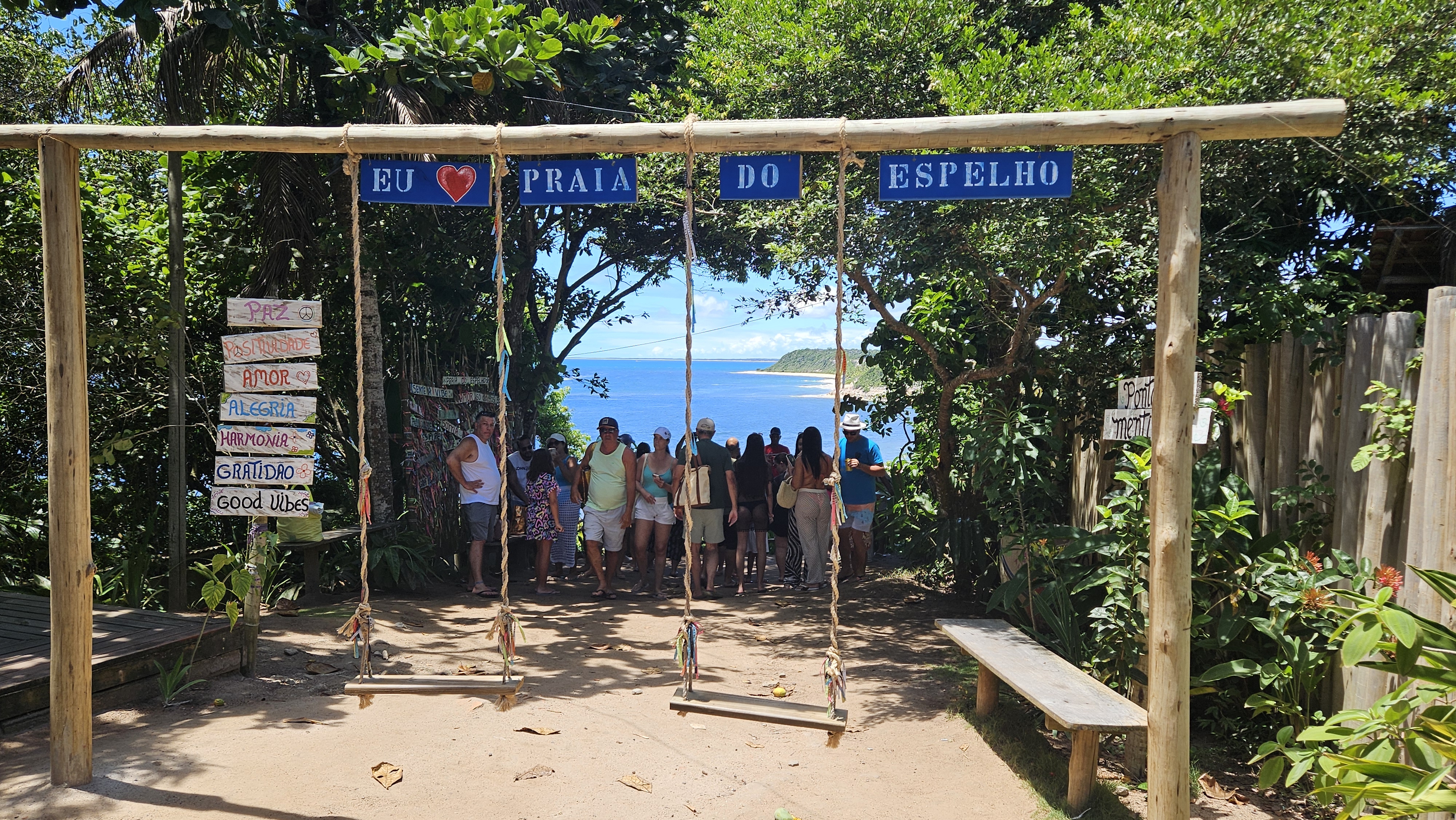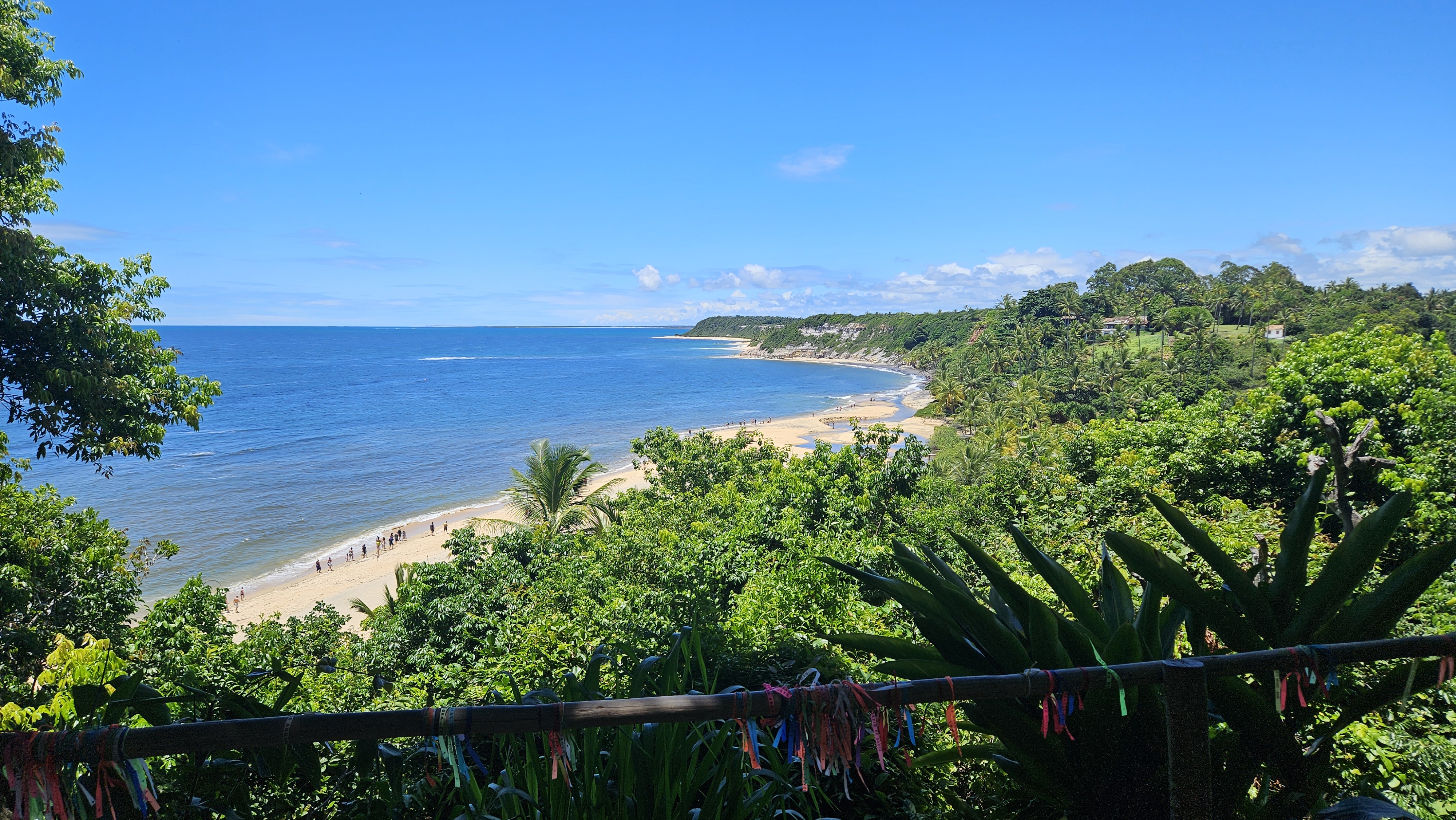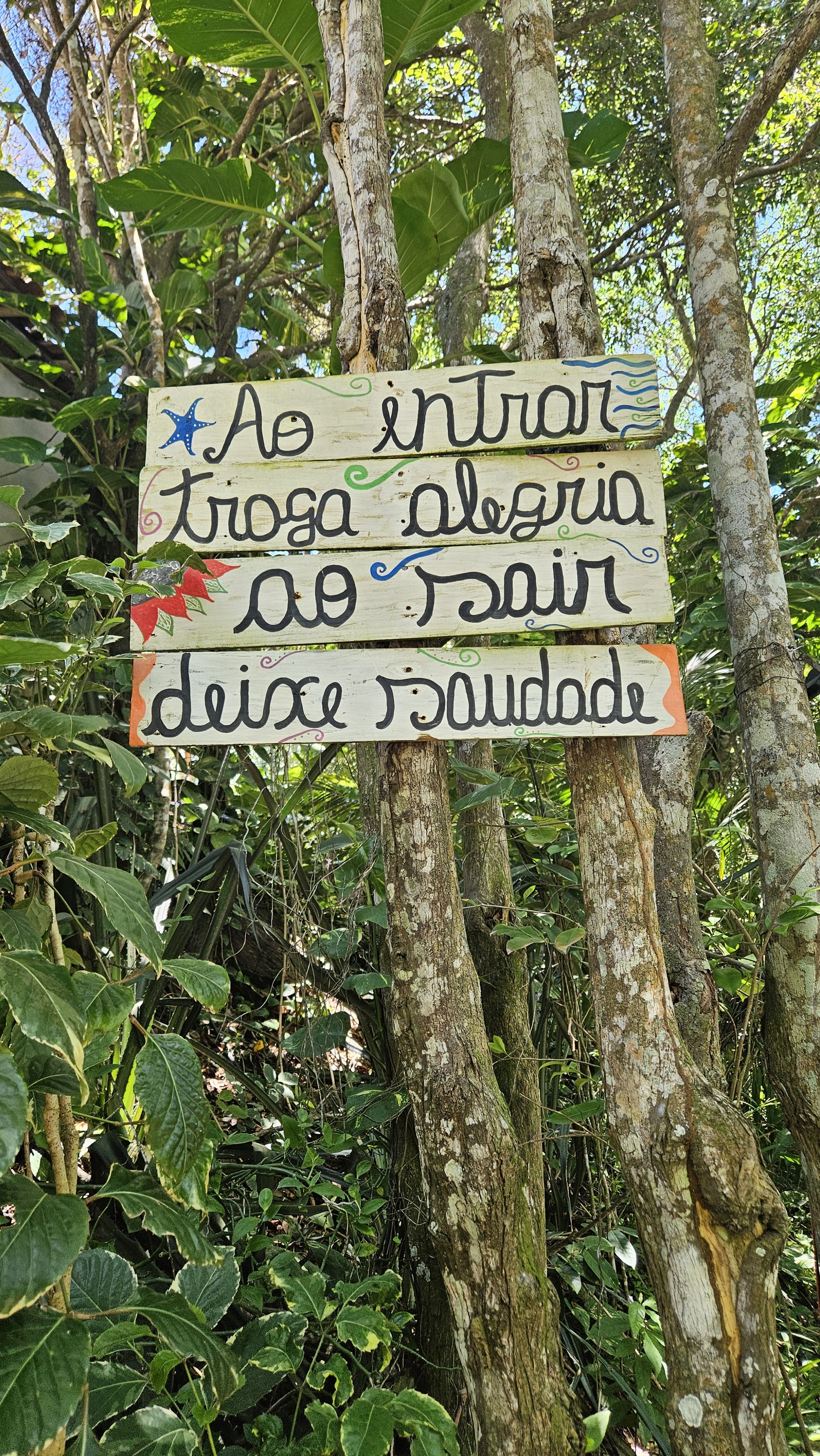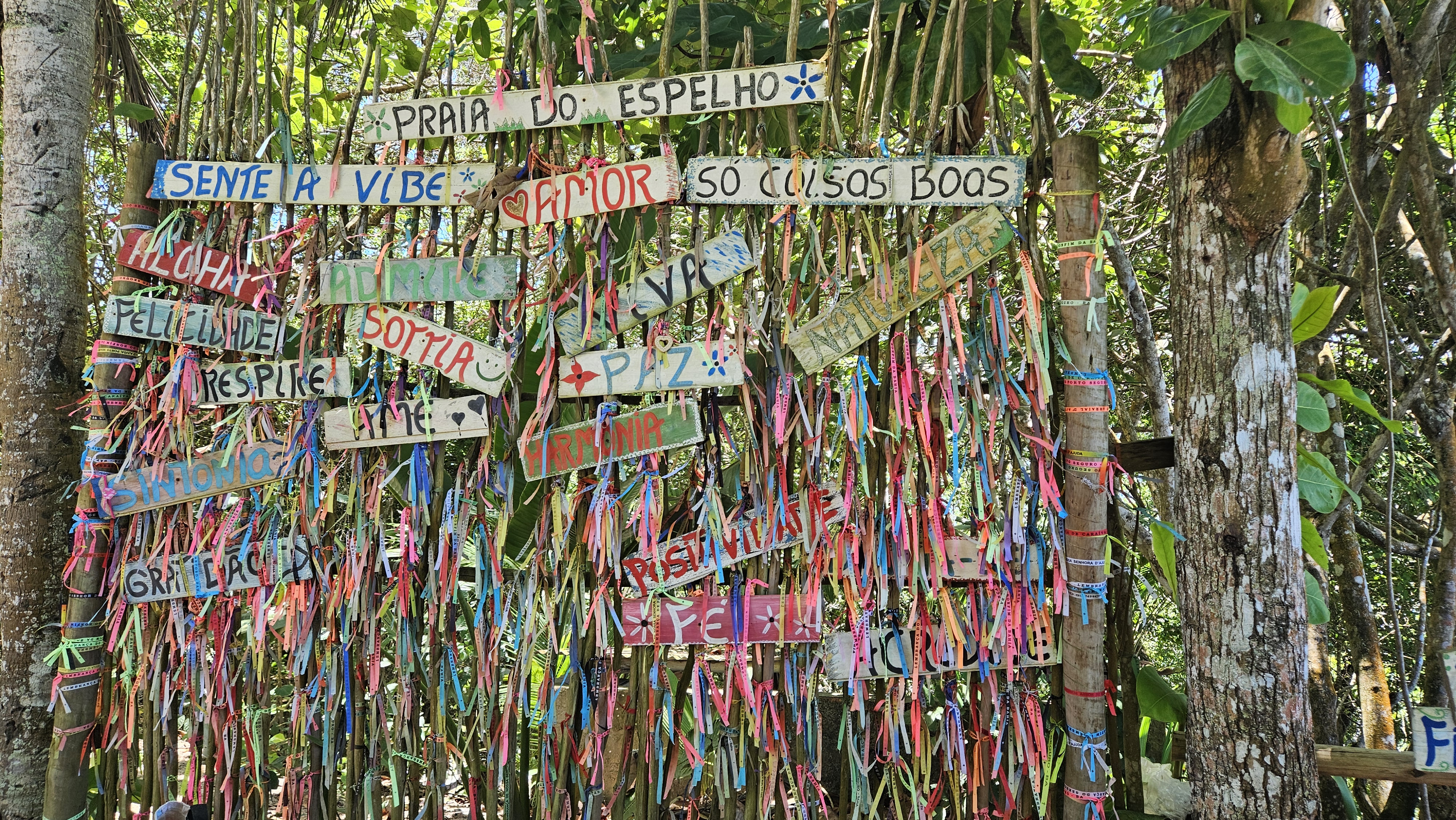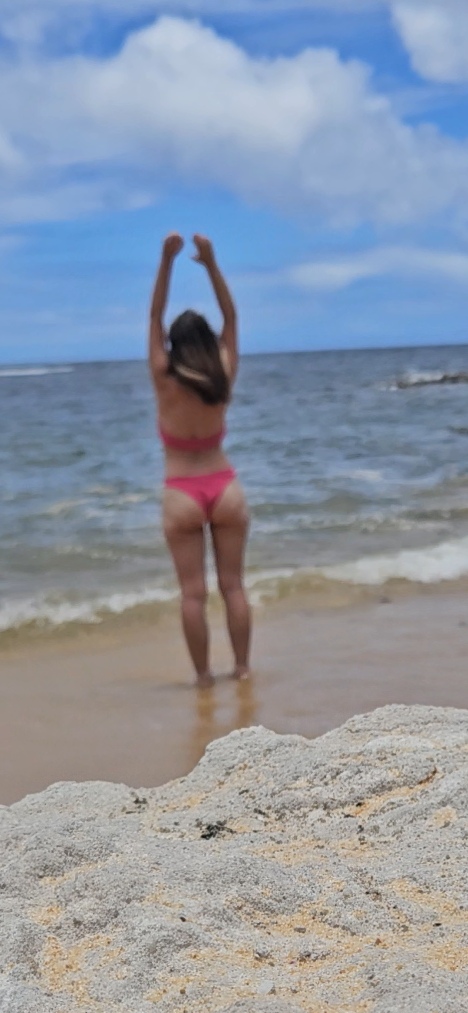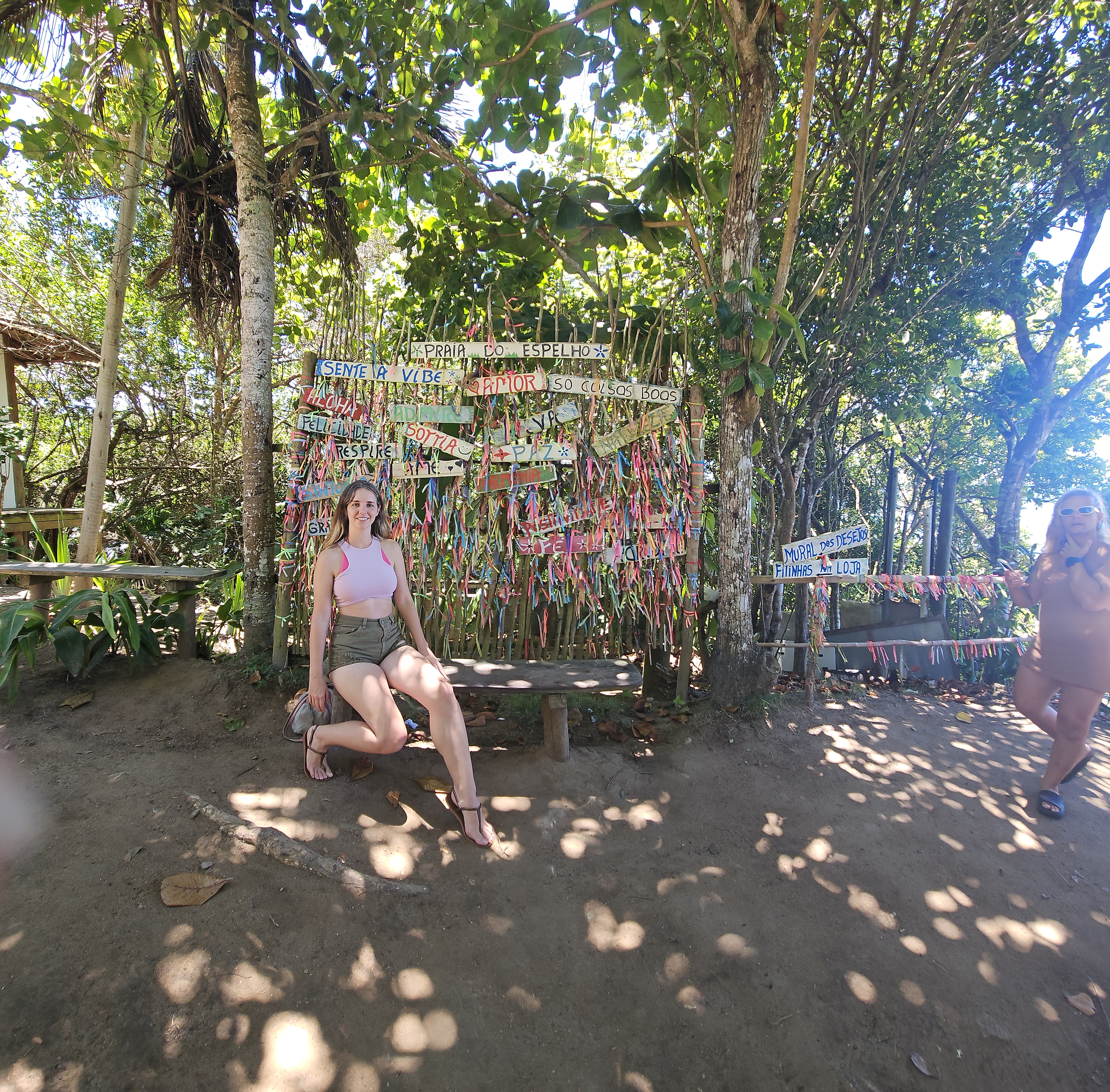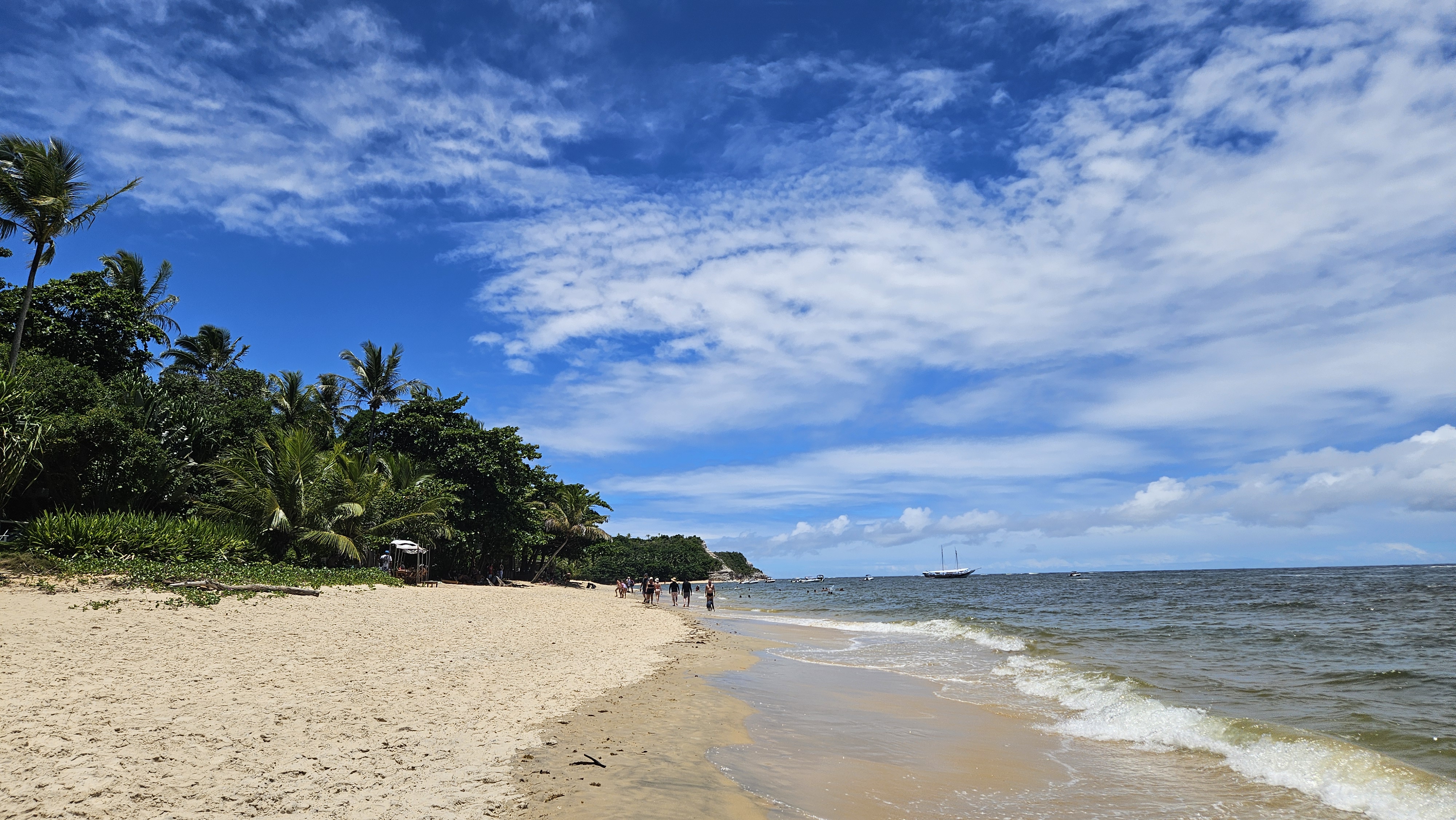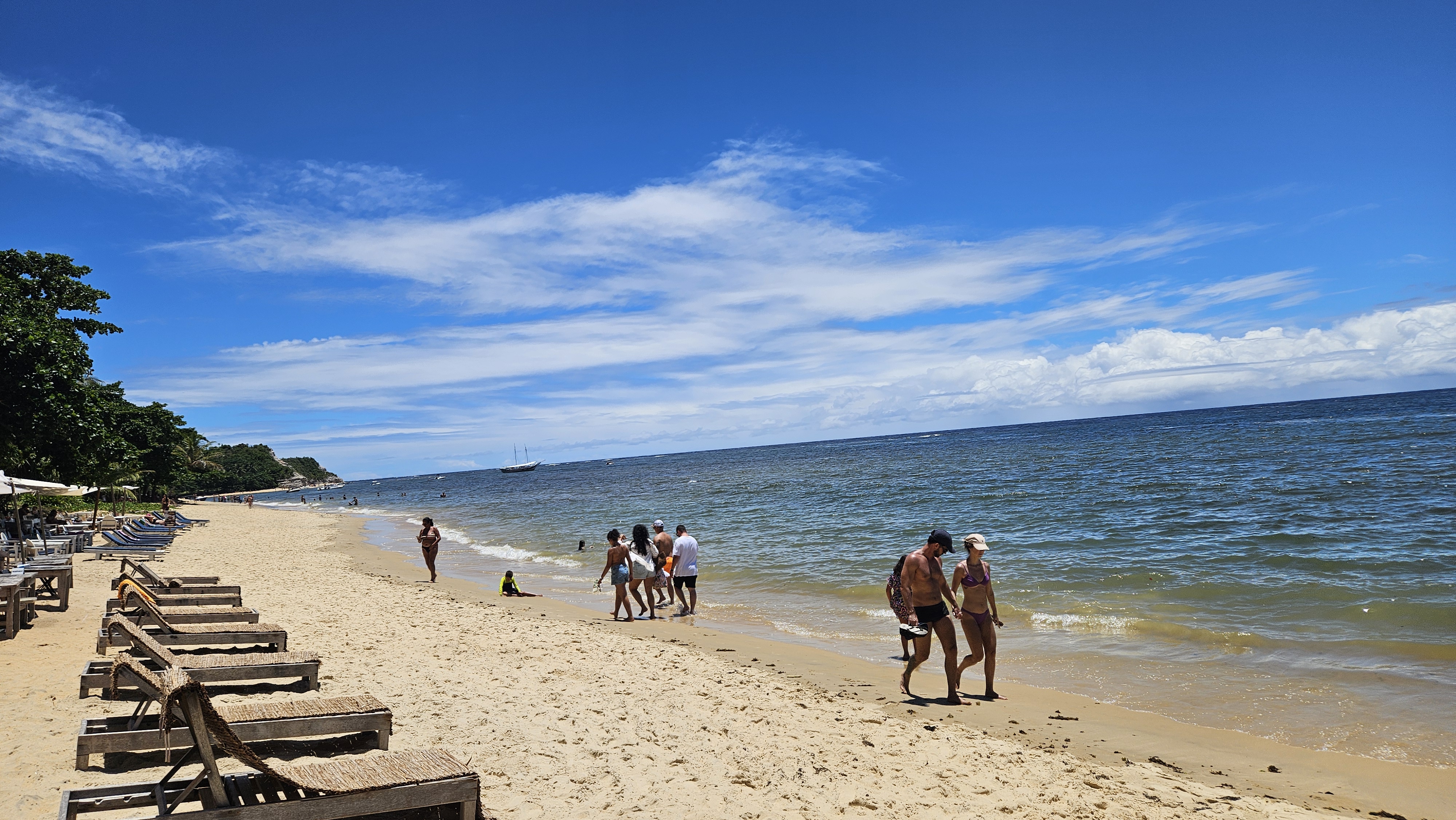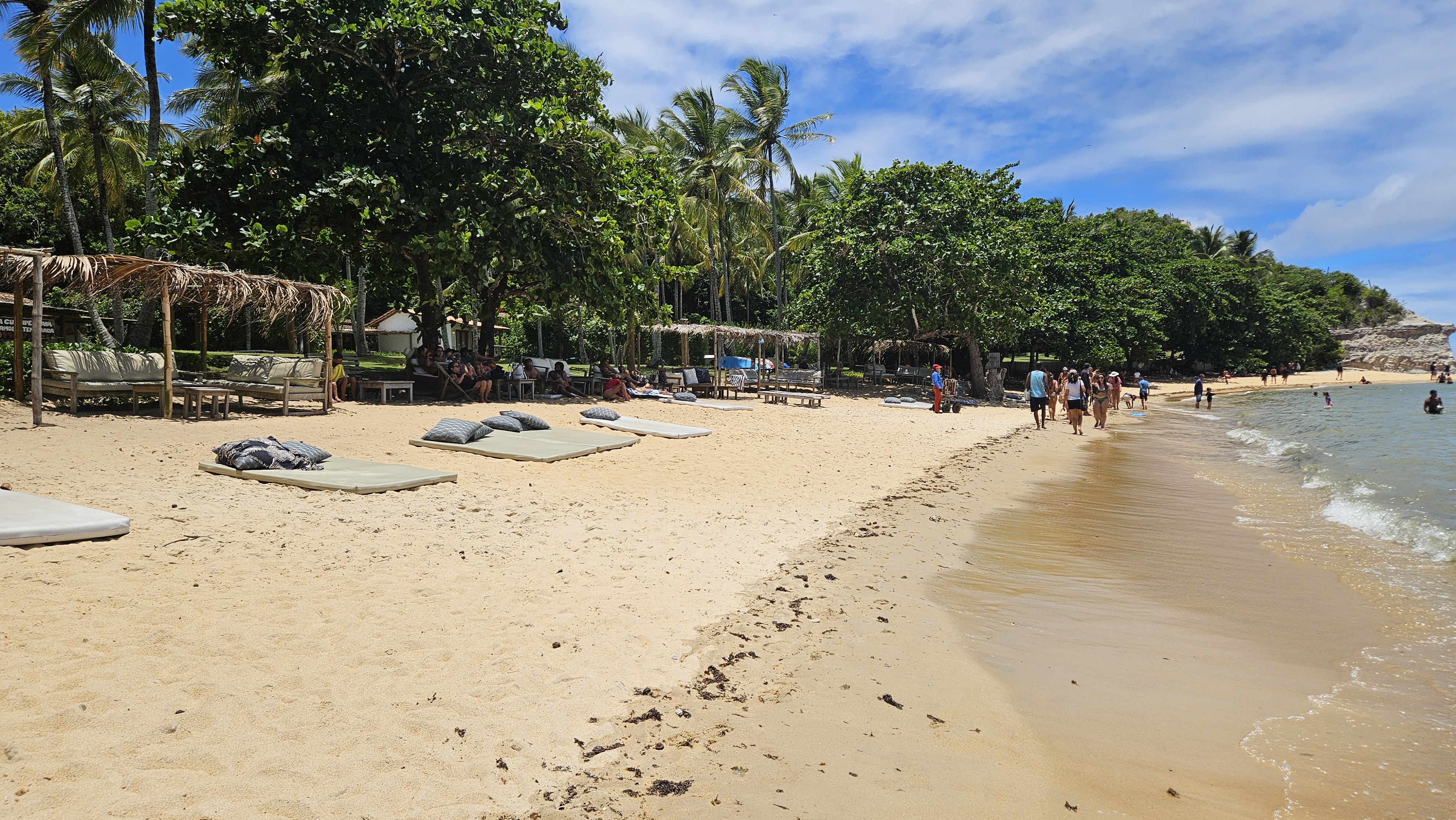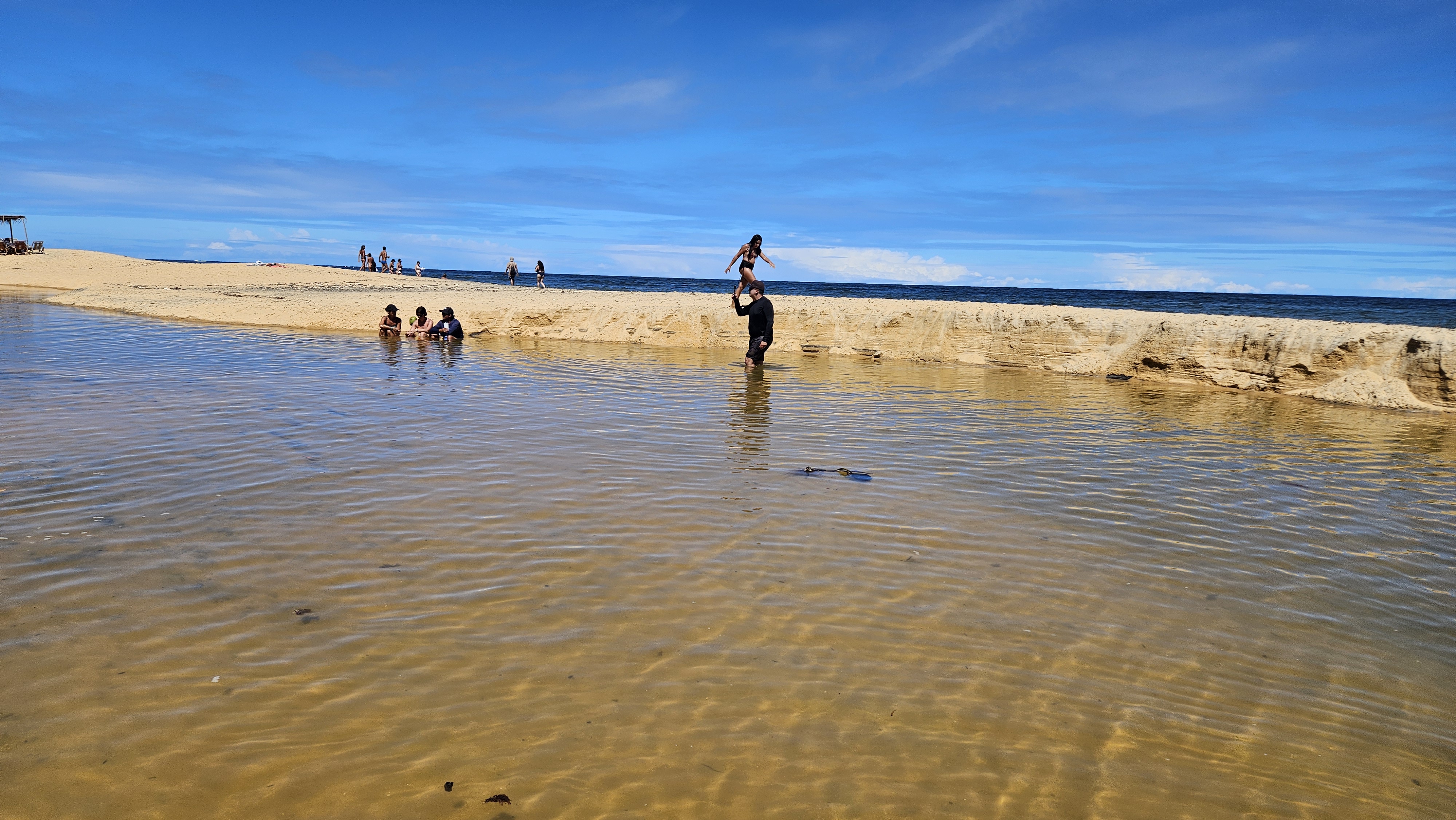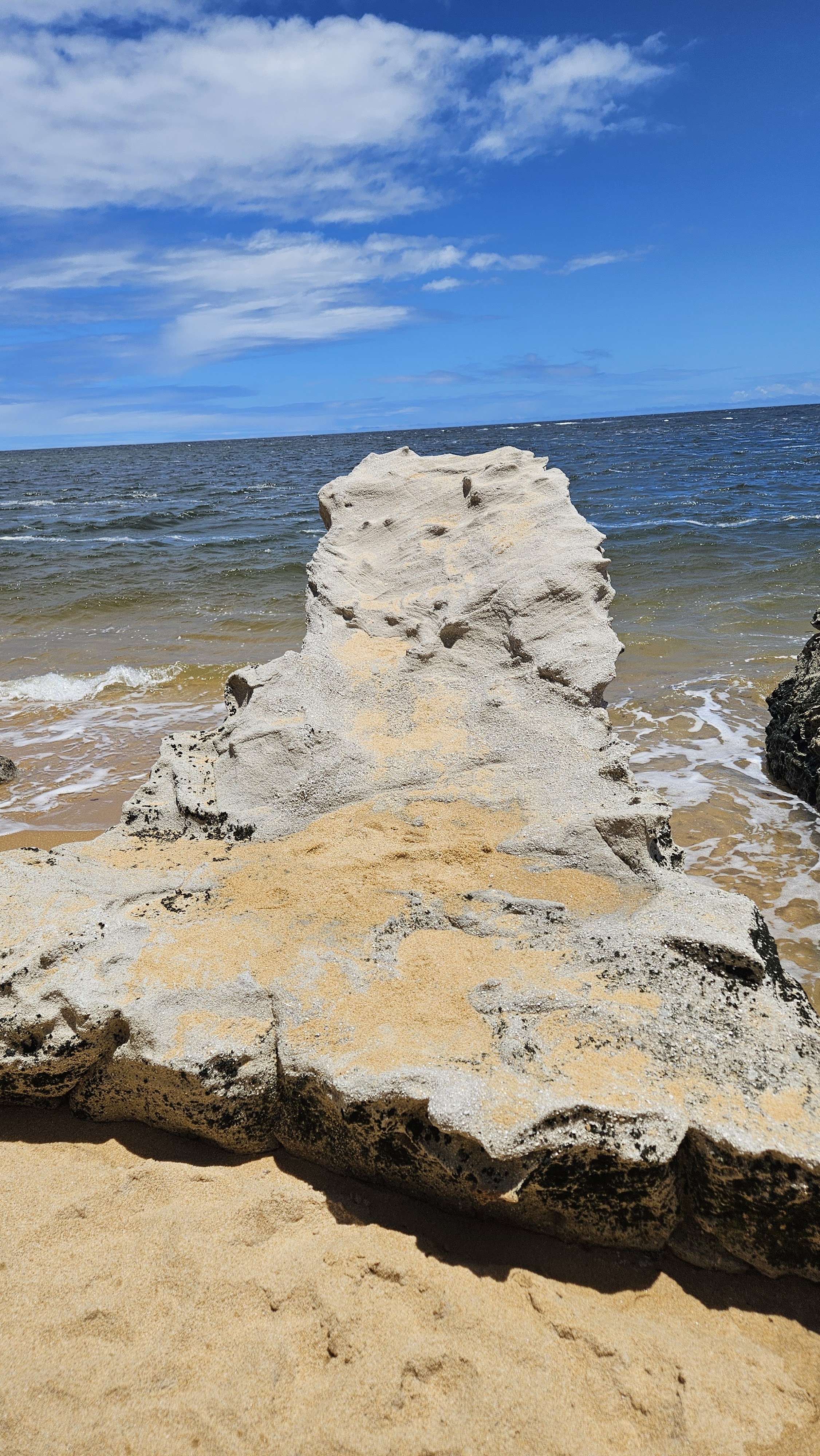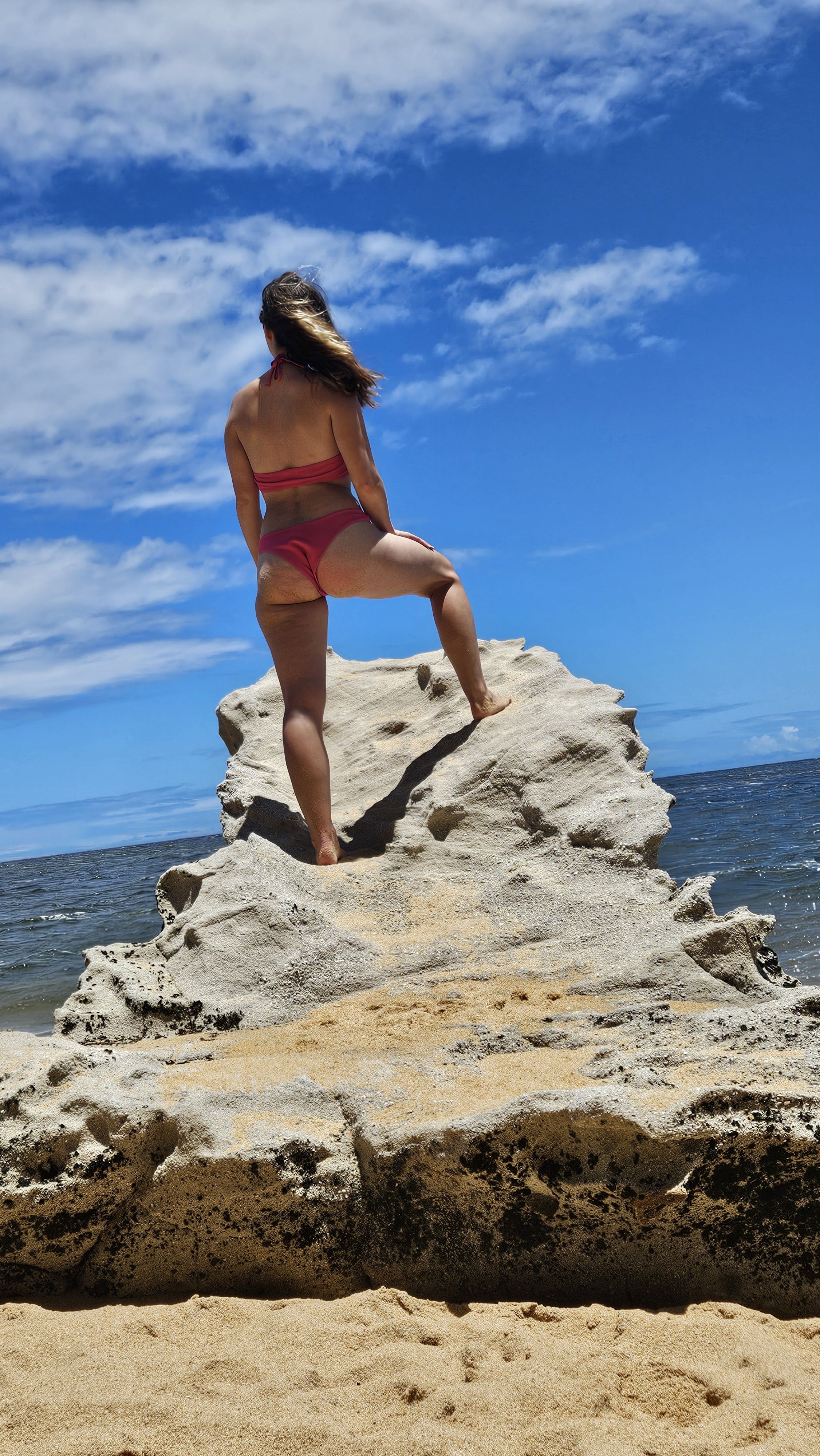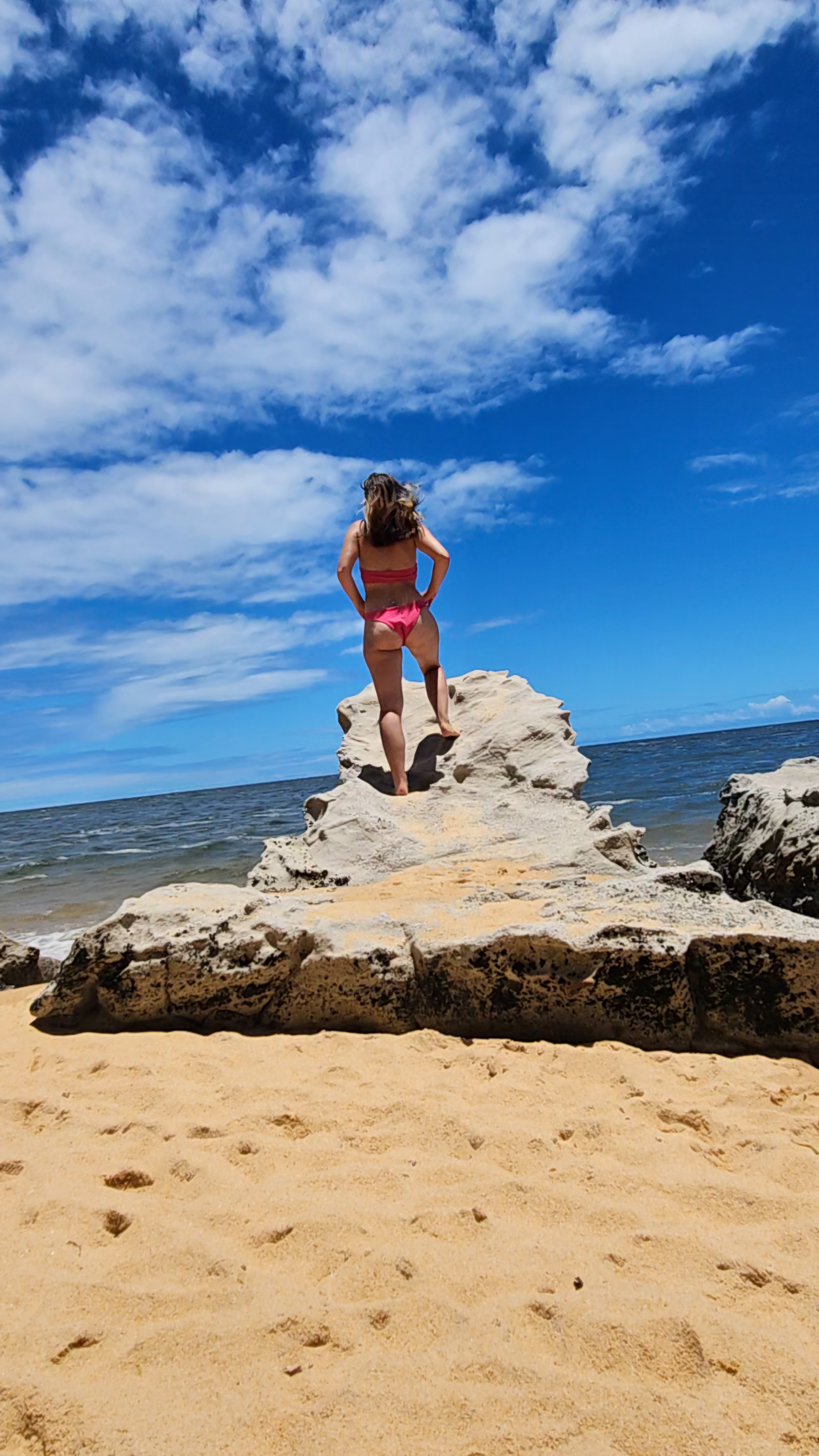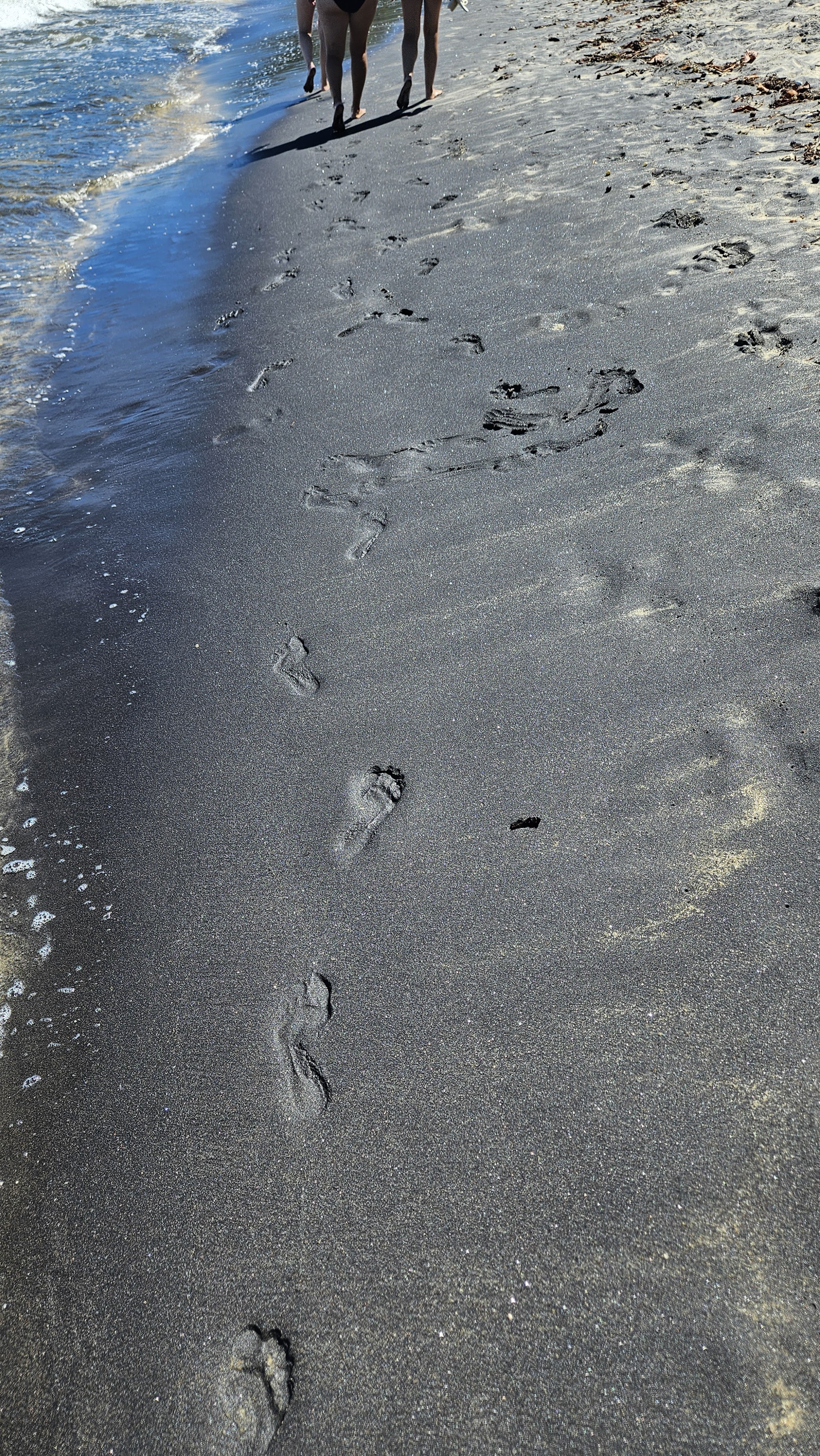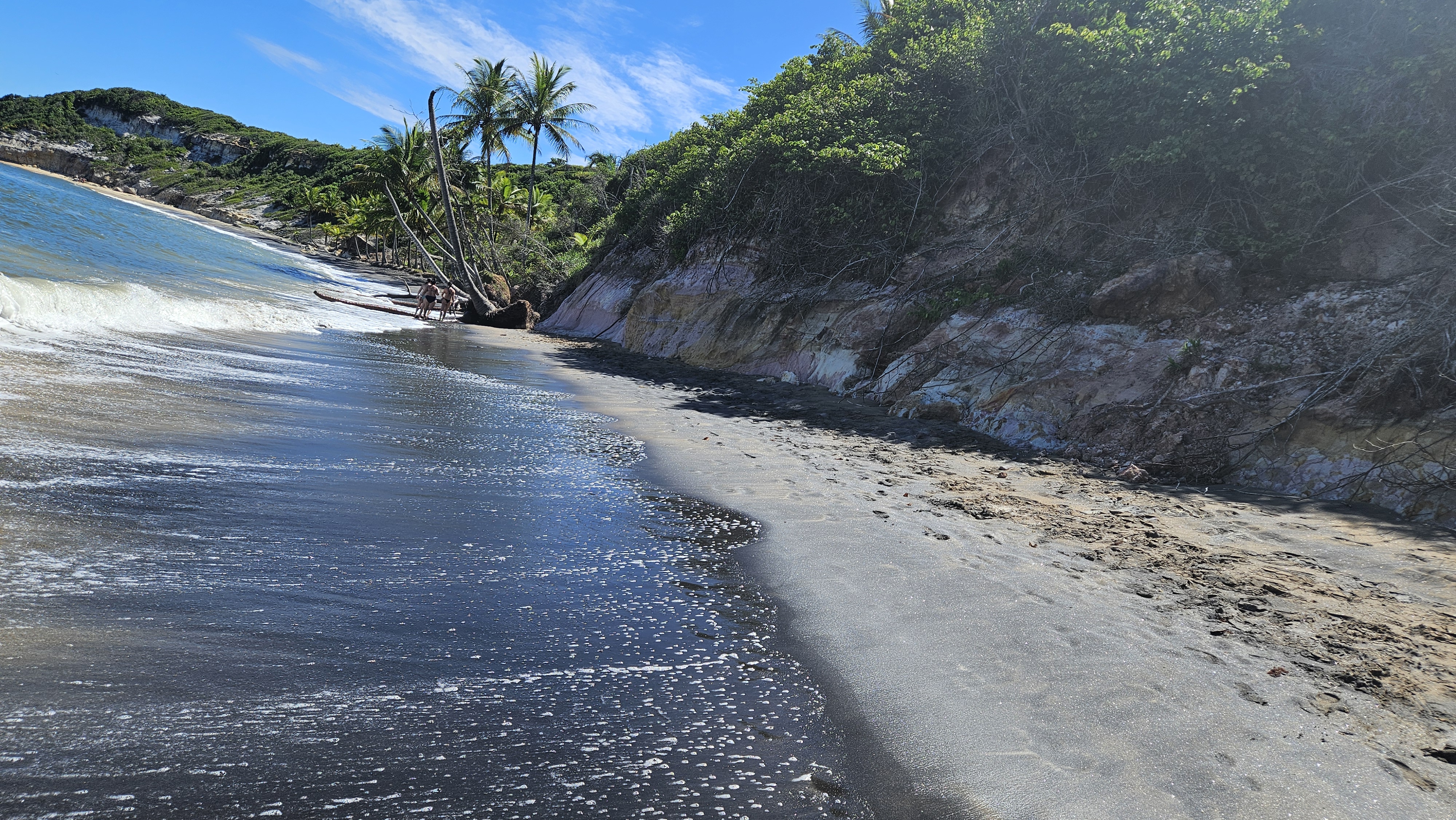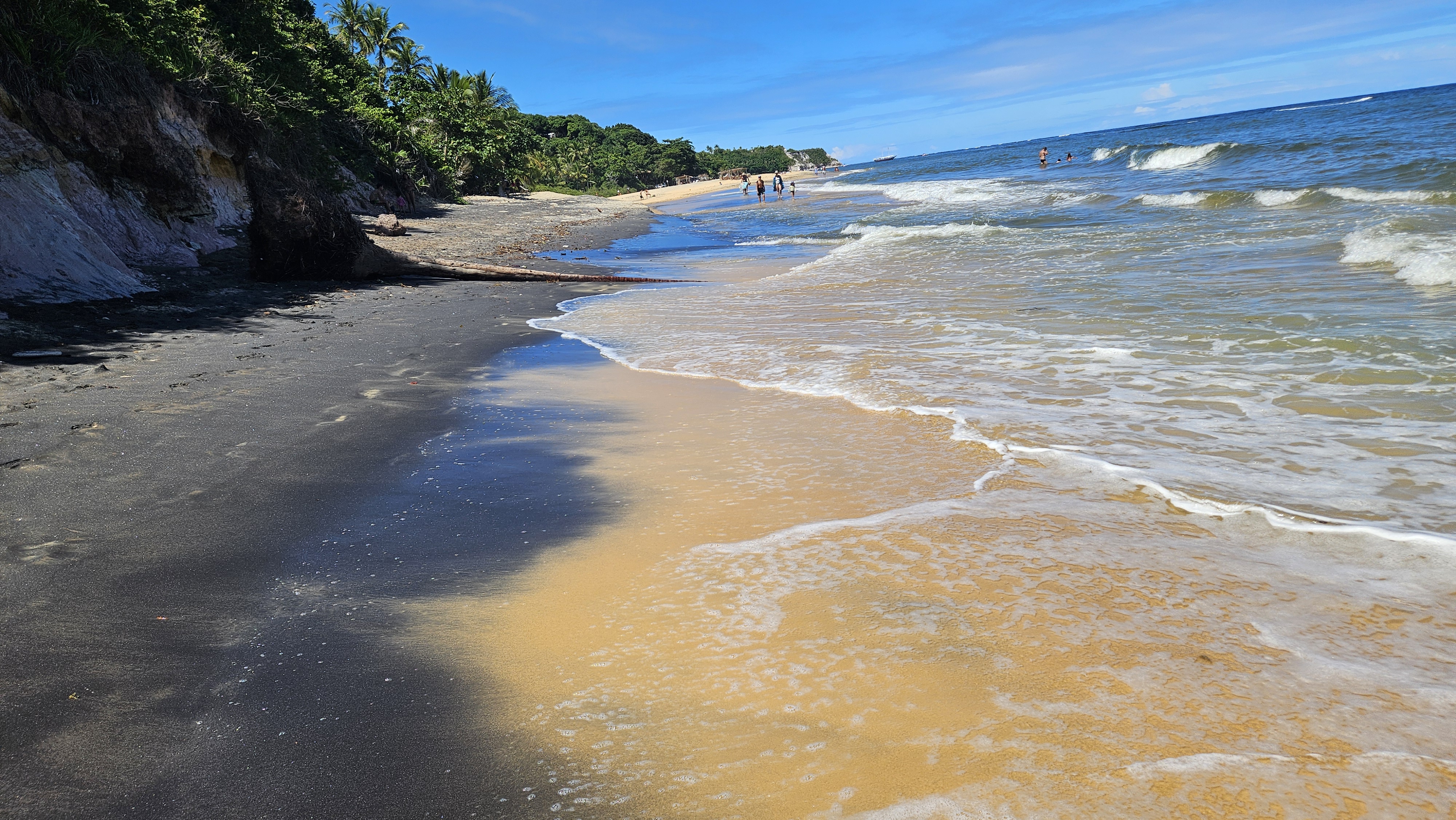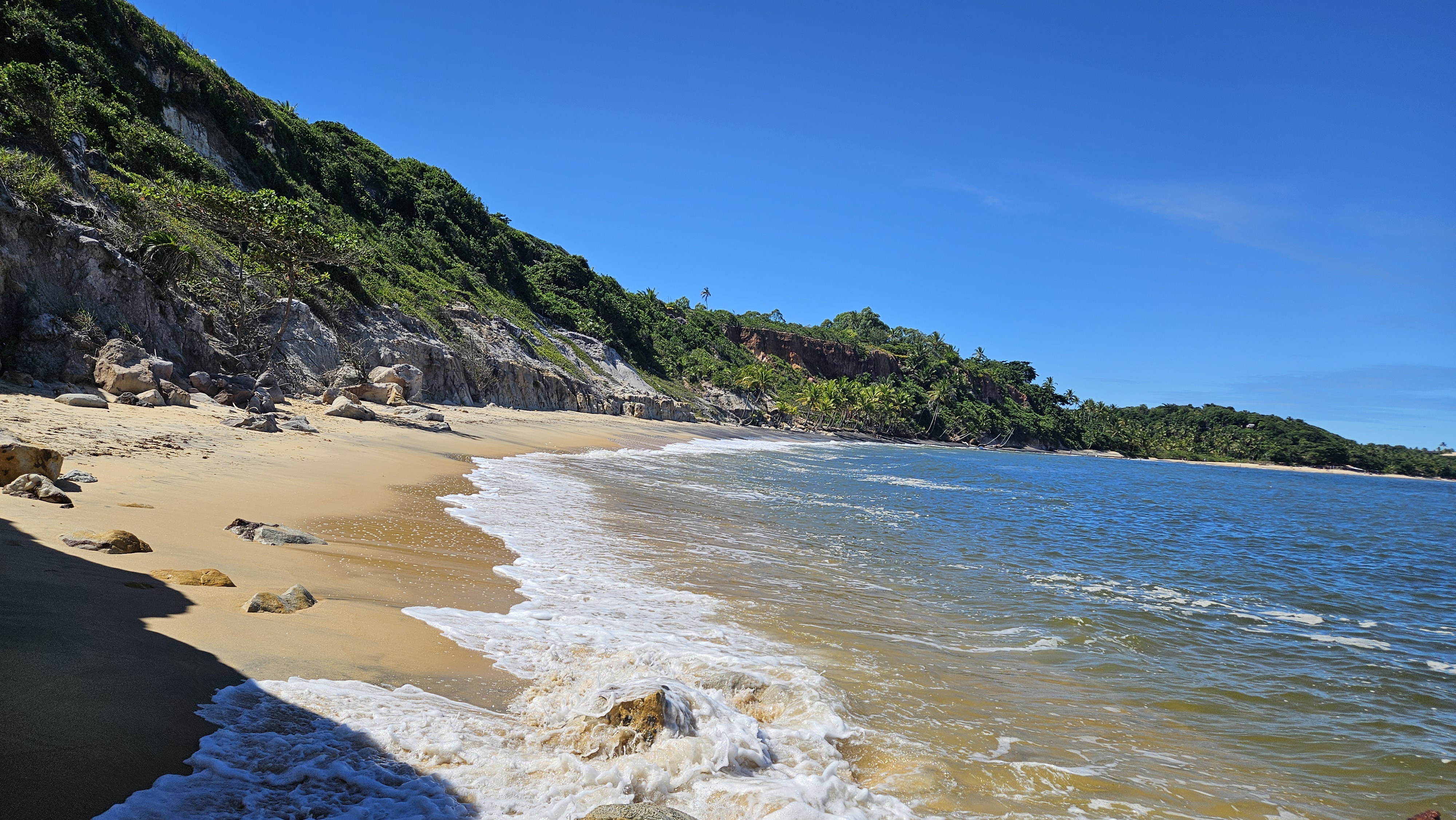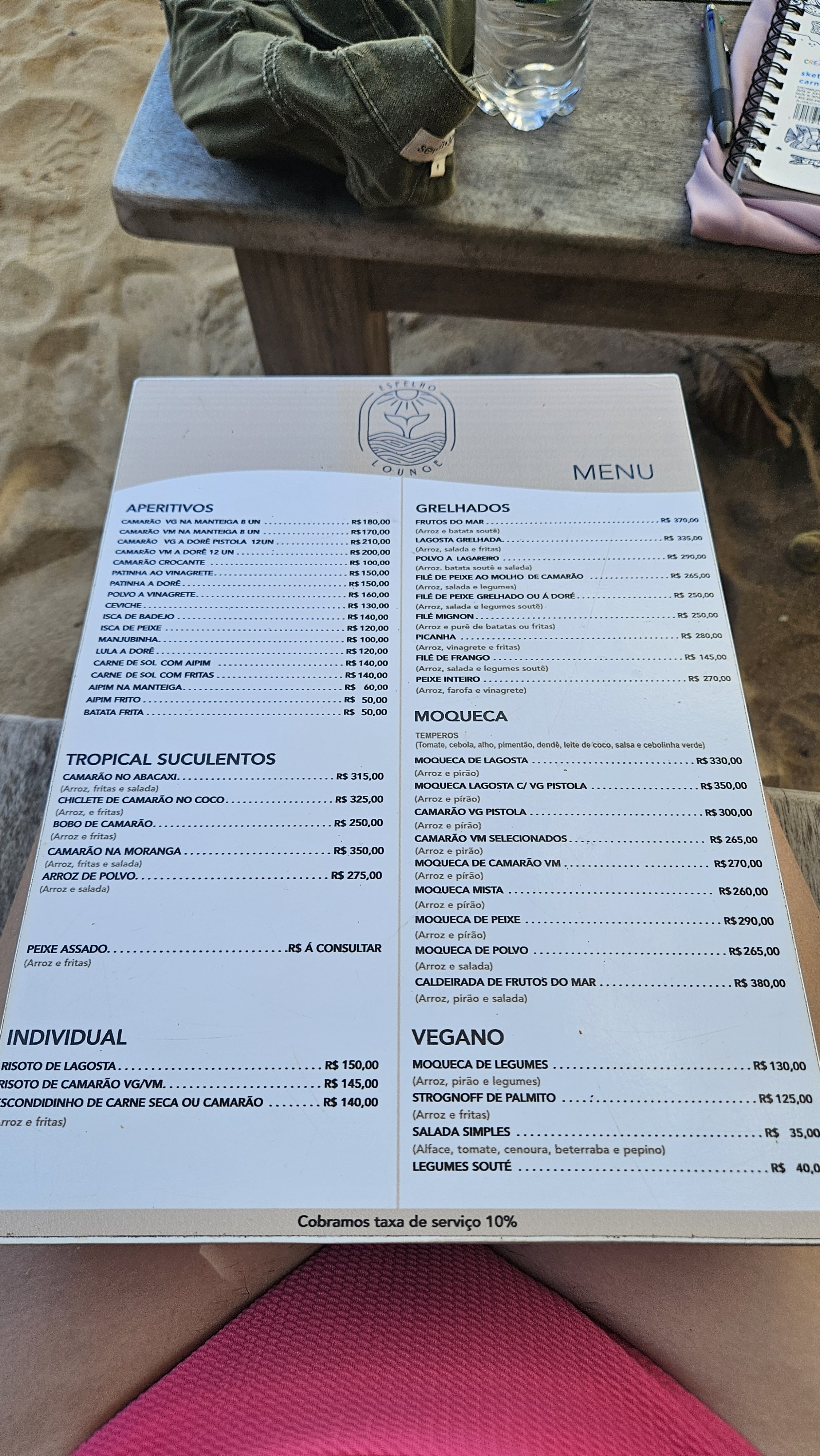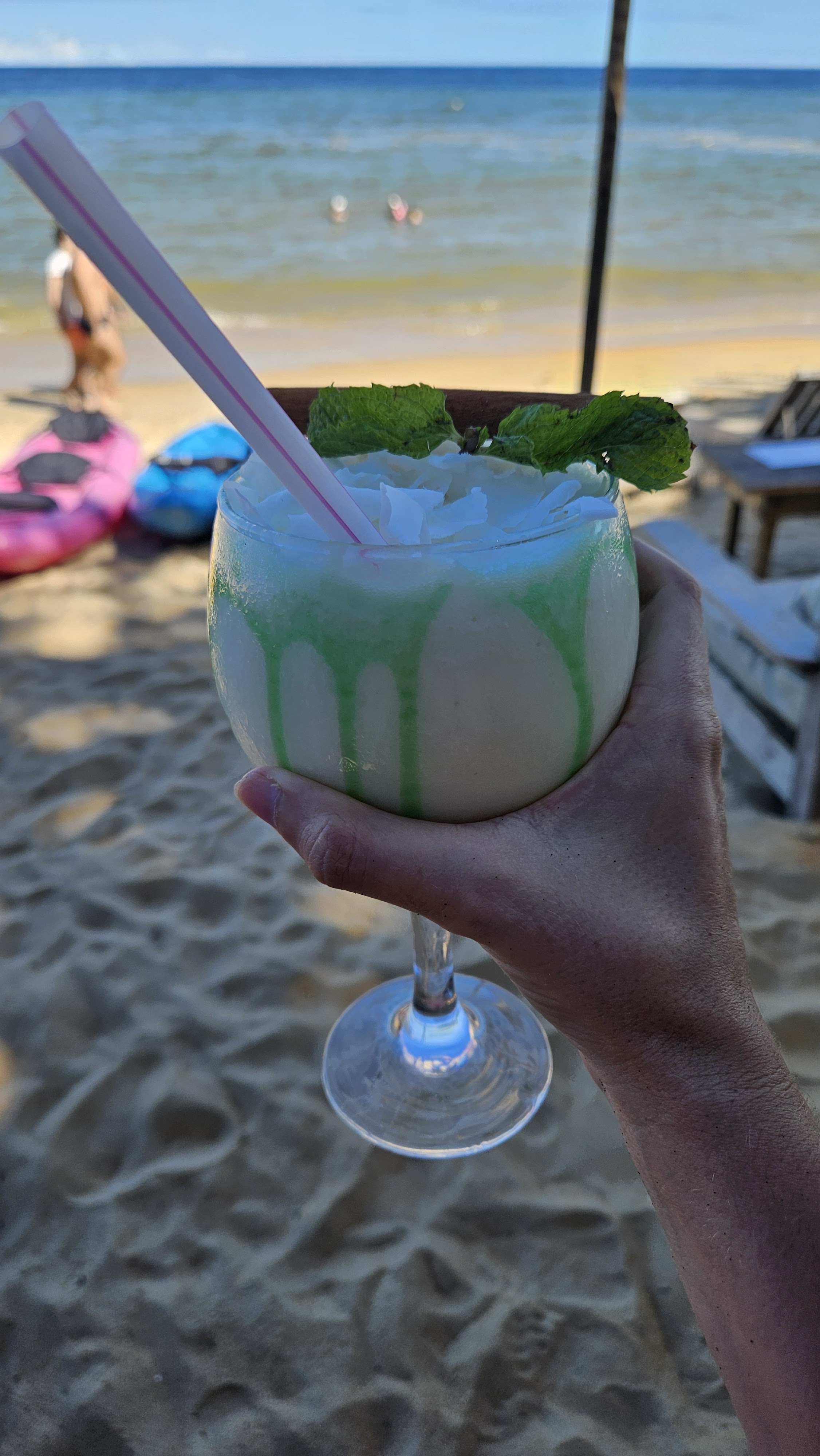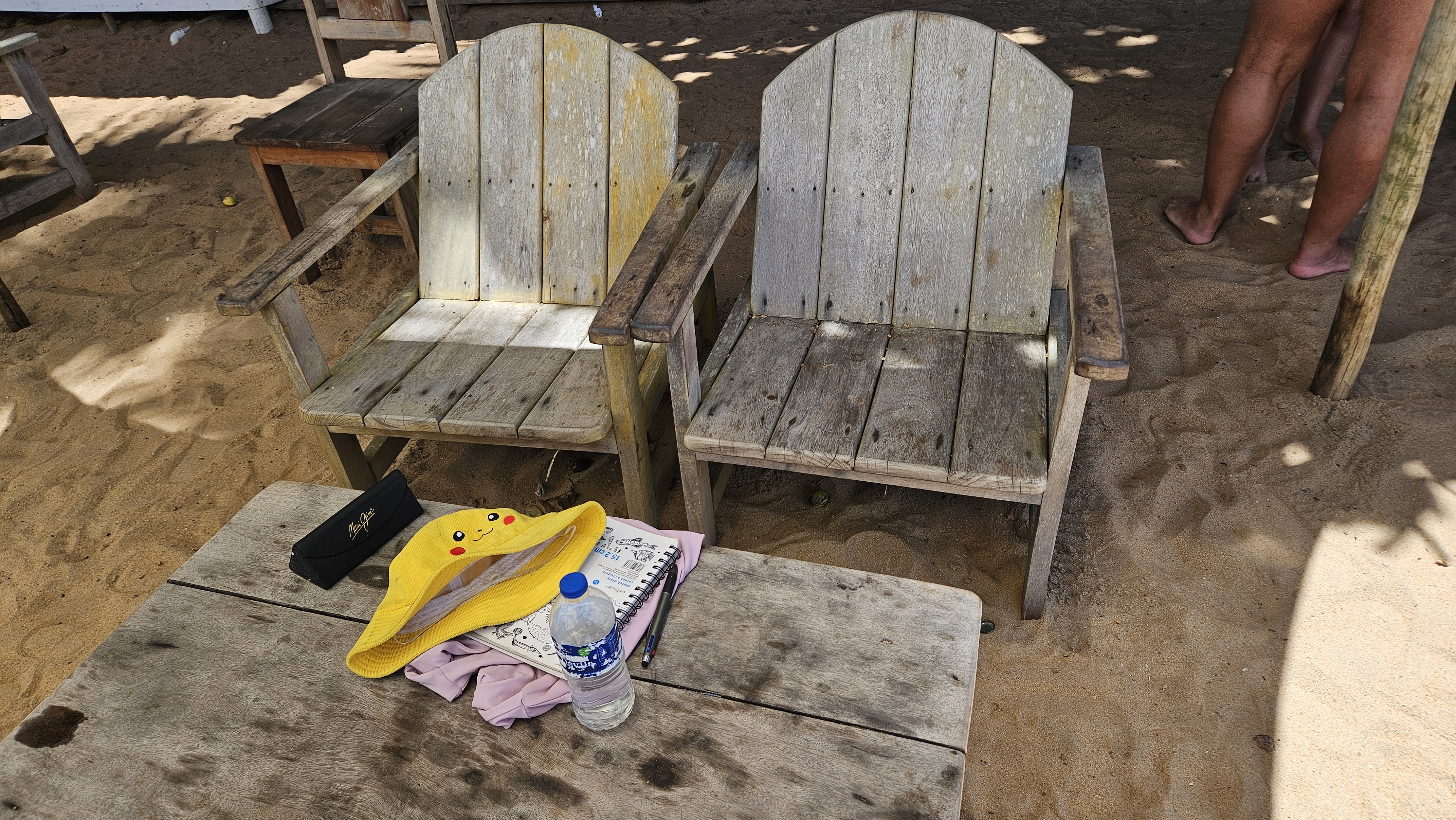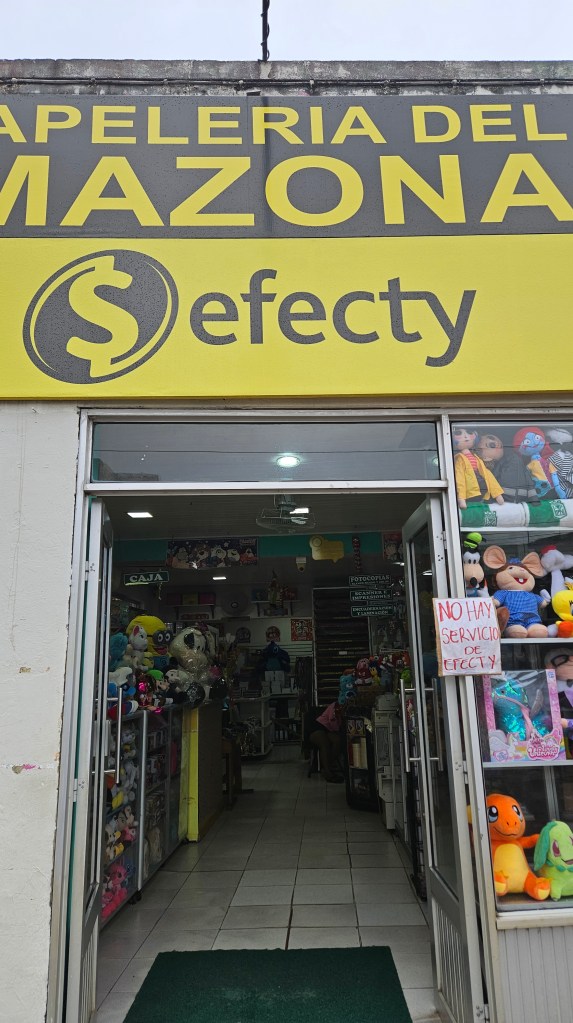“Language is the bridge that lets us step into each other’s invisible worlds—and teaching has allowed me to cross more of them than I ever imagined.”
After two years teaching online from jungle hostels, airport gates, cityscapes, and even my own bedroom, I’m finally ready to talk about what becoming a digital nomad on Preply.
It’s been over a year since I came home to live with my parents. It feels like I lived in that jungle hostel in another life, even though it was only last year. And now we’re suddenly at the end of 2025. But that was really only the beginning.
Slowing Down to Grow
I’ve had a lot to process. At last, I feel ready to come back to my blog and share more consistently. I’ve been thinking about it since last year, telling myself that with all of my free time, it would be easy to write and post something every week. The reality is more complex.
When I came home, I went through a period of exhaustion. I wasn’t stagnating; I was growing, gradually and subtly. I call it my cocoon phase. I needed frequent naps, a light work schedule, and time with myself. I worked on a Cybersecurity program on Coursera and finished all of the major courses. I learned about security architecture and Python, assets and risk assessment. I found that I really like coding and learning how our information moves through channels invisible to the untrained eye.
Learning Languages Along the Way
In the past year, I also continued studying languages. My French classes have taken the backseat lately, but thanks to my wonderful tutor, Hapsa, I can now hold a conversation in French. In prep for my trip to Brazil in January, I also started working on fluency in Portuguese with another great tutor I found on Preply, Nathalia. Finally, after an unexpected invitation by my aunt to go to Japan, I even started studying Japanese in earnest (for the first time since college), on Preply, too.
Starting My Online Teaching Journey
To be honest, the progress I’ve made has to be owed to these platforms that have flourished in the aftermath of the pandemic. Last January (2024) I decided: what the hell? Why not go for it? Just like that, I started my online teaching business.
When I started, I was working full time at the hostel. Still, I found myself idly wasting time and money. My projects there were uphill battles. Teaching English to my coworkers didn’t go the way I had hoped. Burnt out employees with limited schedules and in many cases no real interest in learning a language were not the best students. Being in the same situation, I couldn’t say I was the best teacher either. Once again, I had to accept that I’m no miracle worker.
Either way, I was still using my teaching skills formally and informally. So finally, I got up the courage to record my Preply intro video on the Valley deck during my free time. Honestly, just doing that had been the biggest hurdle. I hate the sound of my own voice, as many do, and the more I edit a video, the more I notice my flaws.
Once the video and profile were approved though, my calendar started filling up. I knew it was going to be a strange year. My work visa expired in 2023, and I hadn’t found a way to secure a new one, so my days were numbered in Colombia. This obstacle opened the door for my digital nomad adventure to begin. If not for my strong start on Preply, I would never have been able to fund a trip through the States (from New York to home to California) and then finally 3 months in Peru to culminate an unbelievable birthday month.
The Reality Behind the Adventure
It wasn’t all roses, of course. Once I started working online, I was wearing myself thin. During my free hours (mornings, usually) I was teaching from 3 to 5 sessions. Then I was working from 2 pm till sometimes 11 pm and not falling asleep until 1 am sometimes, only to wake up with the sun the next day and go at it again. It was unsustainable and limited, as was my time in Colombia.
When I was traveling, I was having to organize my time to avoid any last-minute cancellations due to travel setbacks while also somehow making time for tours and sightseeing once I was free. I became very good at playing schedule Tetris, and that’s a skill I believe now to be foundational for any self-employed person or small business owner. Your time is finite, and it needs proper distribution.
The Digital Nomad’s Constant Companion: Wi-Fi
Working online while living at a jungle hostel – and then traveling in between for visa runs – also taught me how to manage the frustration that comes with relying on technology in precarious situations. Some days, there was no electricity. Sometimes no internet. Sometimes no water and all of the above.
In some hostels and apartments and, hell, even hotels, the signal was so weak I could feel the distance between me and my students. The lag, the robotic voice, the audio and mic issues — it seemed to add up.
So, I learned to pick my accommodations wisely and scour reviews to make sure I wouldn’t be in for an unlucky surprise when it came time to connect. It struck me how much the right tools can change the entire tone of this lifestyle.
Highs and Lows From Country to Country
This wasn’t too much of a problem on my short trip to Montreal, Quebec in May. First, I stayed in this lovely little bed and breakfast in the Village. Then I saved lots by staying with two different Couchsurfing hosts. The city being as modern as it is, internet connection problems were rare. It was an extremely positive experience.

After months of saving and staying between my parents’ and my grandma’s house, I found myself back in Colombia. Last time I travel logged, I was living an absolute nightmare in Leticia, the most isolated little capital I’d ever been in. The internet matched the environment, and it didn’t improve greatly during a lot of my trip in Brazil. By my last hostel in Rio, Acuarela do Leme, where even with a “coworking space,” the wifi was terribly slow — I couldn’t wait to get back to somewhere stable.

To be frank, a digital nomad’s wifi woes are just as common in the States. You really do have to pick wisely. The last hostel I stayed at in New Orleans, City House Samesun, had completely unusable wifi. I had better luck at coffee shops, which unfortunately were noisy and wide open. Geographic location has as much to do with internet quality as the price of the service.
Even here at my parents’ house, the wifi connection is sometimes patchy. I had my grandma’s uninstalled because the phone line DSL connection was so old that no matter how close I was to the router, the connection was always weak af. She lives out in the country, so there we see how geography and service quality options go hand-in-hand.
On the polar opposite end of the spectrum, Japan was a digital nomad dream. For under $100, I bought a pocket wifi router with fast speed internet at my fingertips. Best of all, I found one with no data caps (here’s lookin’ at you, Japan Wireless <3). I experimented with teaching on the go. Still wouldn’t recommend it, but if you’re going to carry your laptop around and take breaks from sightseeing to work, I’d say go for it.

Finding My Direction
The beauty of this lifestyle is that it keeps asking me to evolve, and I’m finally learning to say yes. Over the course of these 2 years, I truly have had the freedom to explore the world. Some part of me feels like it’s just been good luck — you can’t choose the students that book a lesson with you, but I’ve found some of the best by complete random chance. They’ve come along with me on adventures and enjoyed my antics in between learning grammar and improving their pronunciation.
Thanks to this experience, I’ve decided to continue to grow my business. I plan to use my blog not only to talk about my travel (and digital nomad) experiences, but also to share the insights I’ve gained as a teacher. It’s hard to believe it’s been over 10 years since I started my education journey. I never would have imagined opportunities existed for me outside of a traditional classroom, much less ones in which I could make strong connections with people from all over the world.
Lately, the idea of getting my Master’s has resurfaced. However, I no longer feel divided or unsettled about my purpose or direction. Like my blog name, I’m con rumbo (with a heading/direction). I think I always have been. Now more than ever, I feel invisible forces like magnets pulling and propelling me. I don’t feel so lost.
Language is the one thing that truly connects us as human beings. In all its forms, it allows us to share bits of our consciousness and invisible worlds with one another. What a privilege it is to help people build and strengthen their bridges into different worlds through words.
So, yeah, I guess I’m a digital nomad, full time. I’ve been doing it, and I don’t plan on stopping anytime soon. I want to continue to connect people, to connect myself to all of the different parts of me that I find clandestinely in other parts of the world.
I’m going to continue investing in my own education. There’s still so much to know. I want to write more and improve. I want to transmit my experiences and those of others and teach through videos and media. I’ve been dabbling for a while, but in the last year, my mindset shifted completely. Kinda like… wow, this is actually a way to make a living. Somehow, I believe if I follow this path, things will continue to work out.

days
hours minutes seconds
until
Deadline to Sign Up for FluentFriends
I’ll invest in my projects and help others as best I can with the help of platforms like Preply (get your discount to try a lesson with any tutor, completely refundable, here) and Instagram (@acamaleonica29). Are you looking to learn a language and find your own path as a digital nomad? Let me know in the comments! Any support or feedback I can get through this blog, I’ll be eternally grateful and happy to give back. ❤
Until the next time…
![Nómada [con] Rumbo](https://nomadaconrumbo.com/wp-content/uploads/2021/04/cropped-dsc07640.jpg)
